Astronomers
Science with SRT
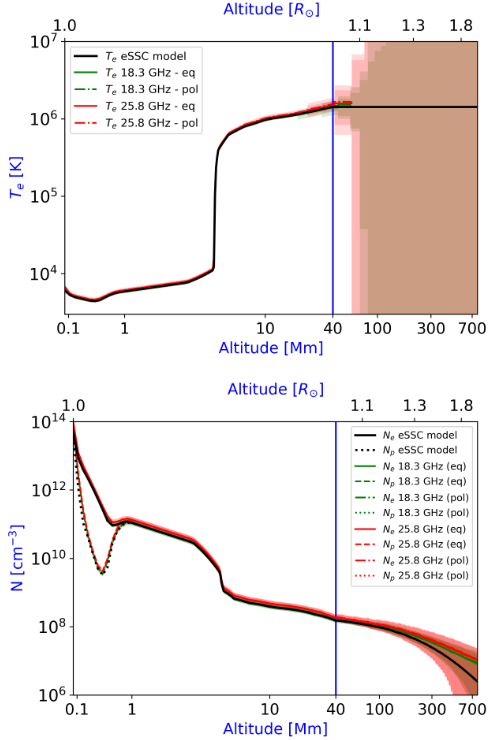 |
|
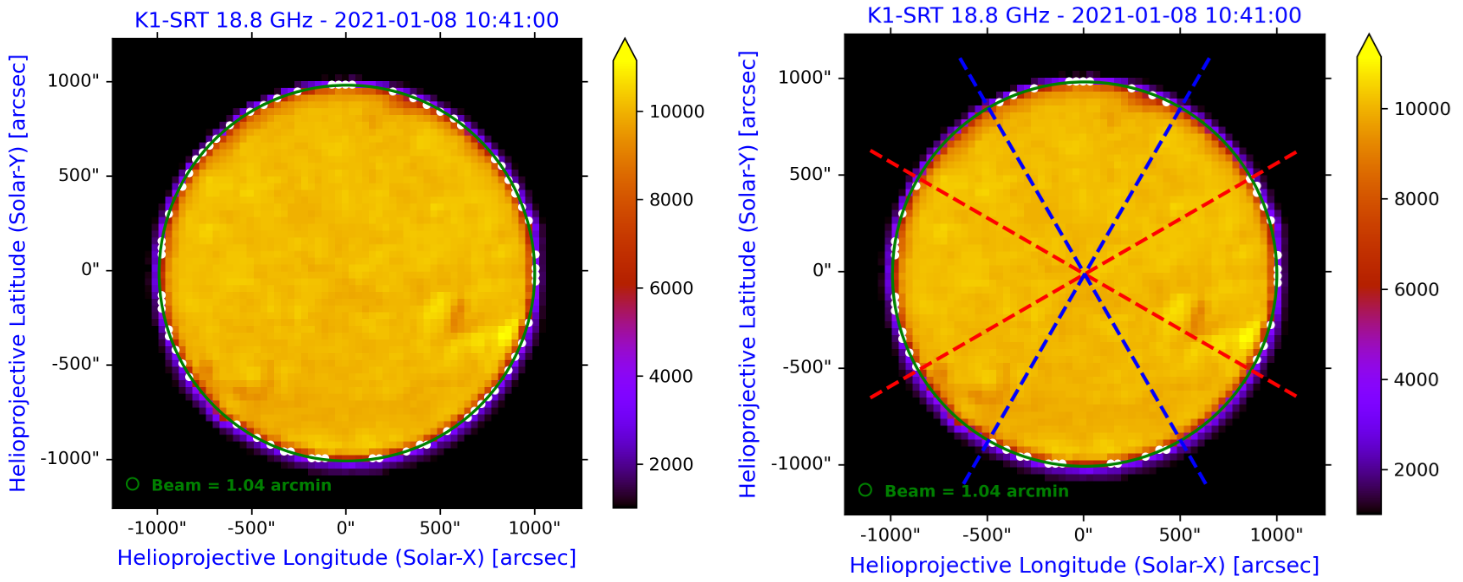 |
|
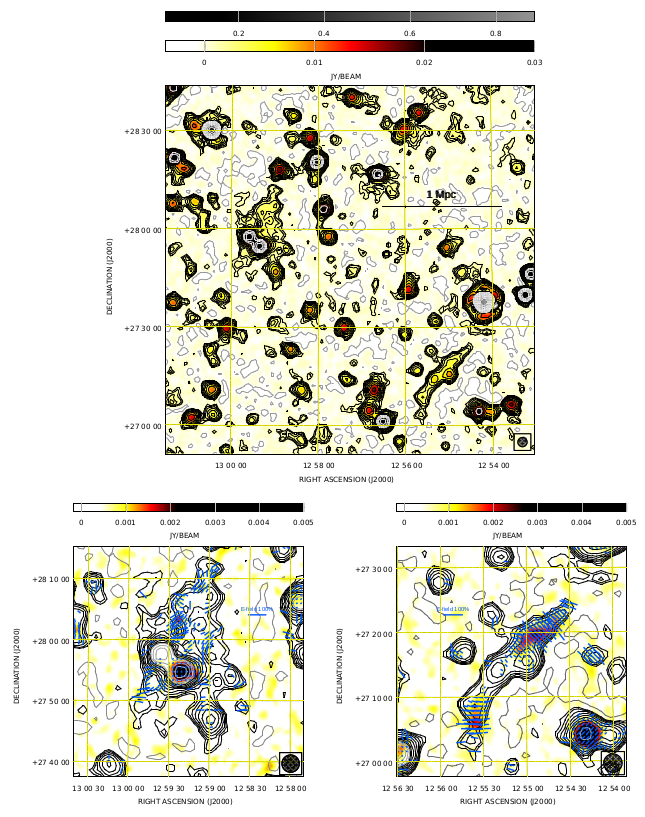 |
|
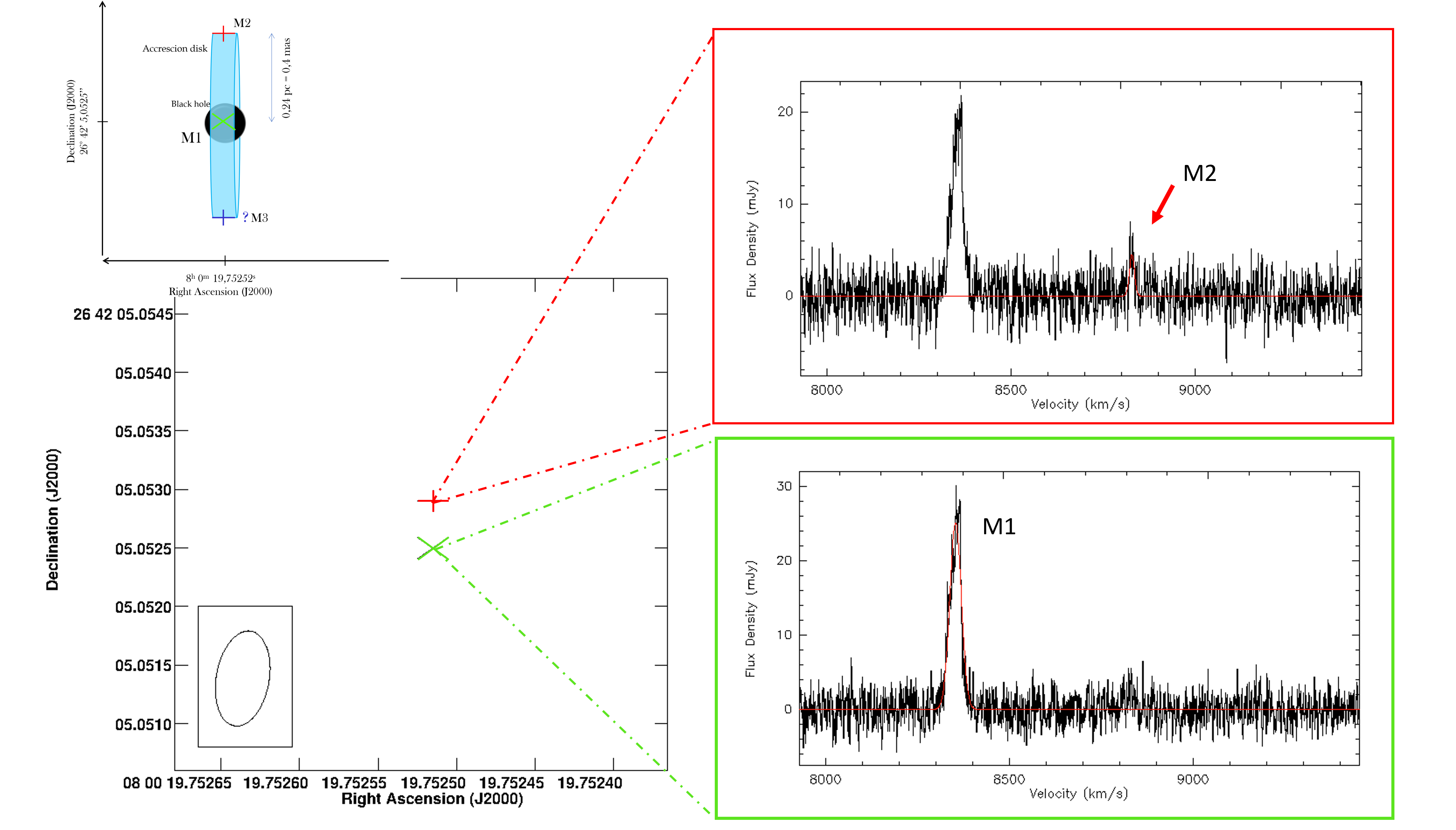 |
|
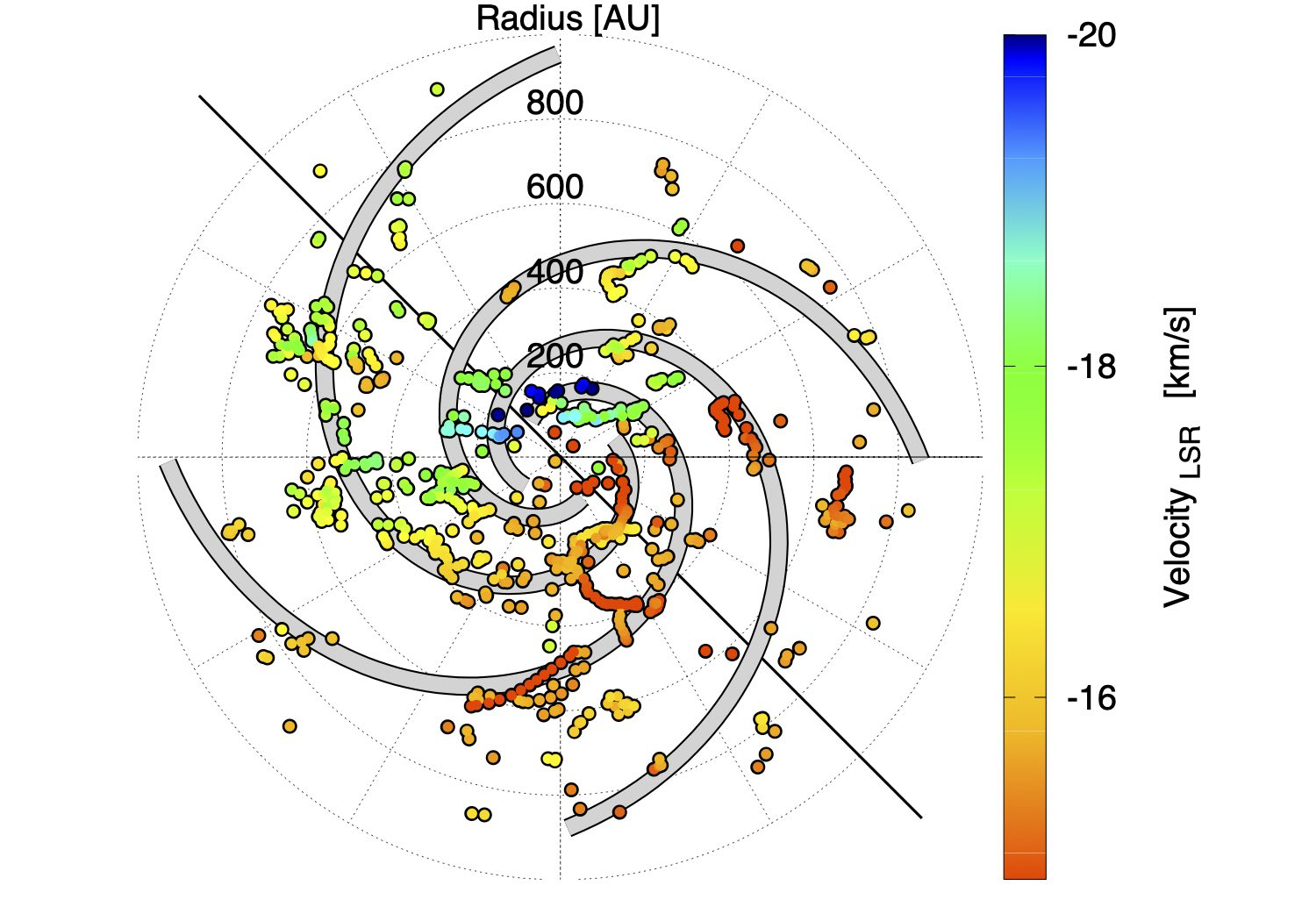 |
|
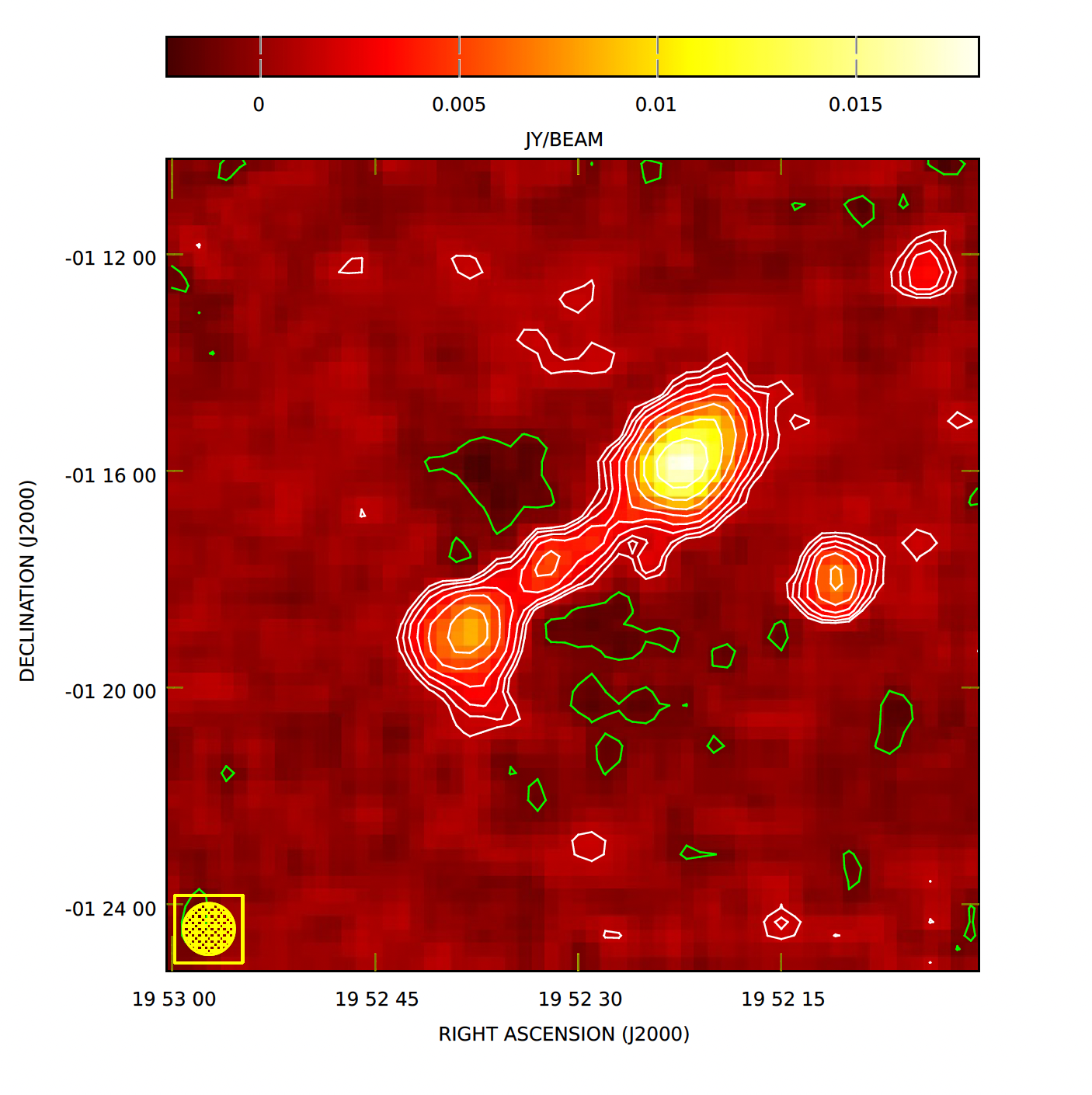 |
|
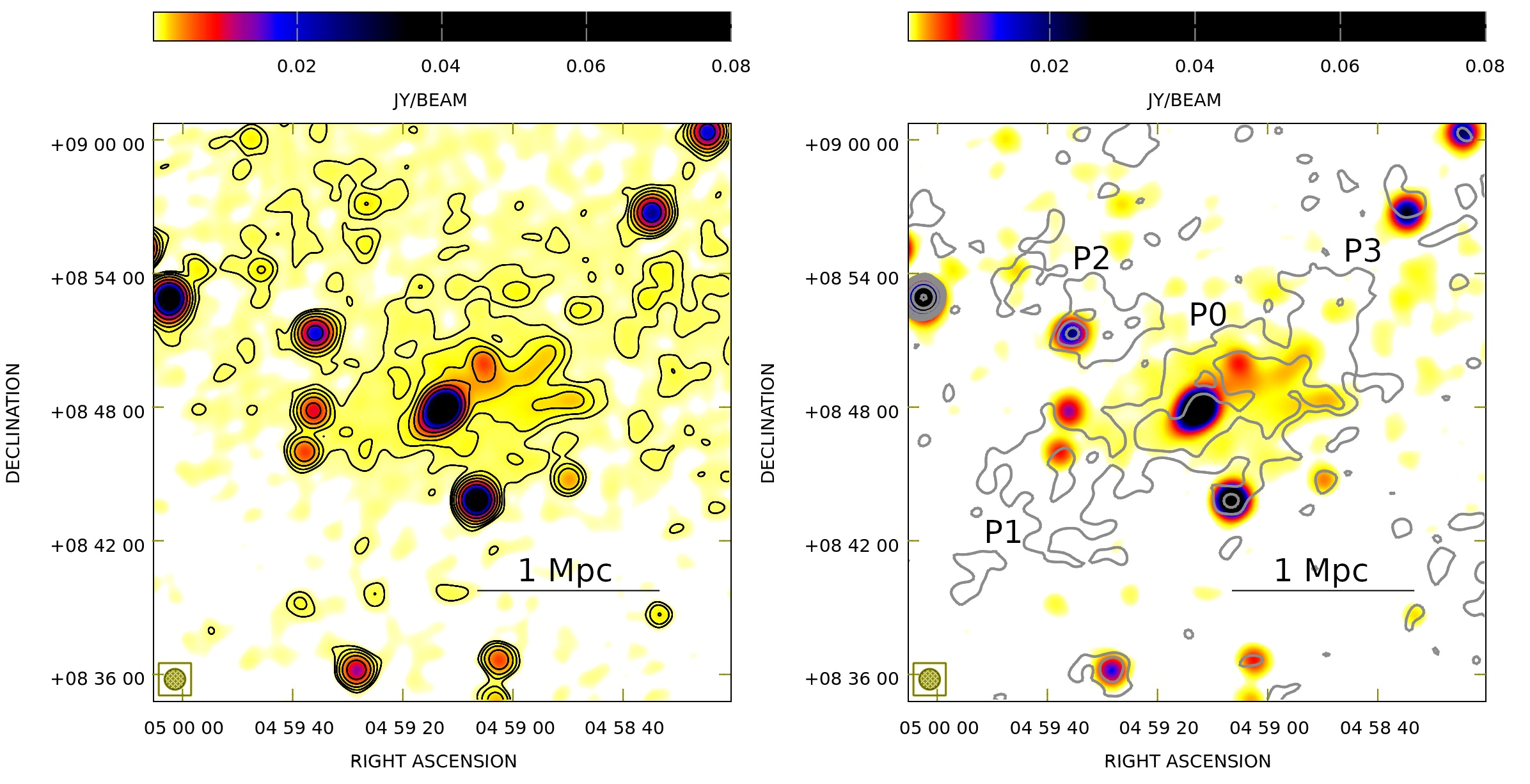 |
|
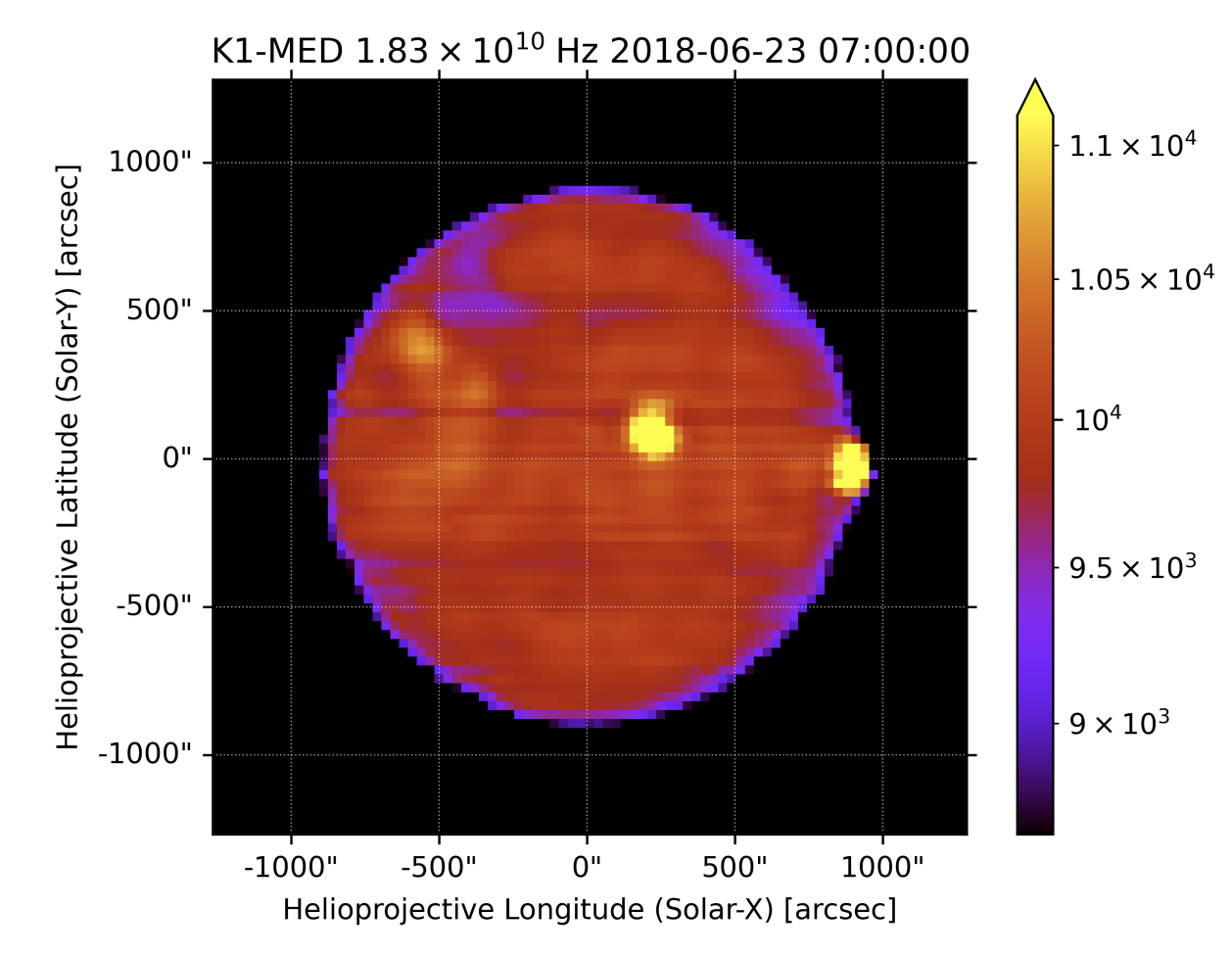 |
|
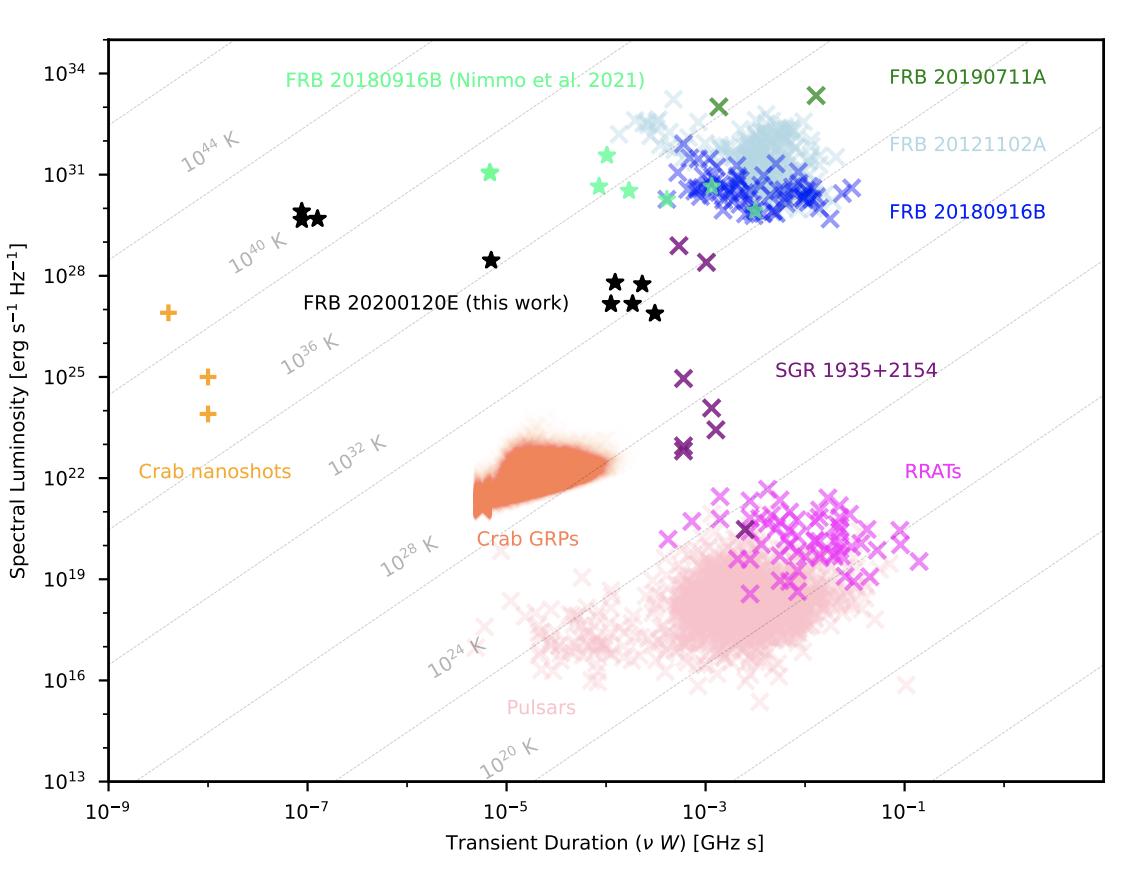 |
|
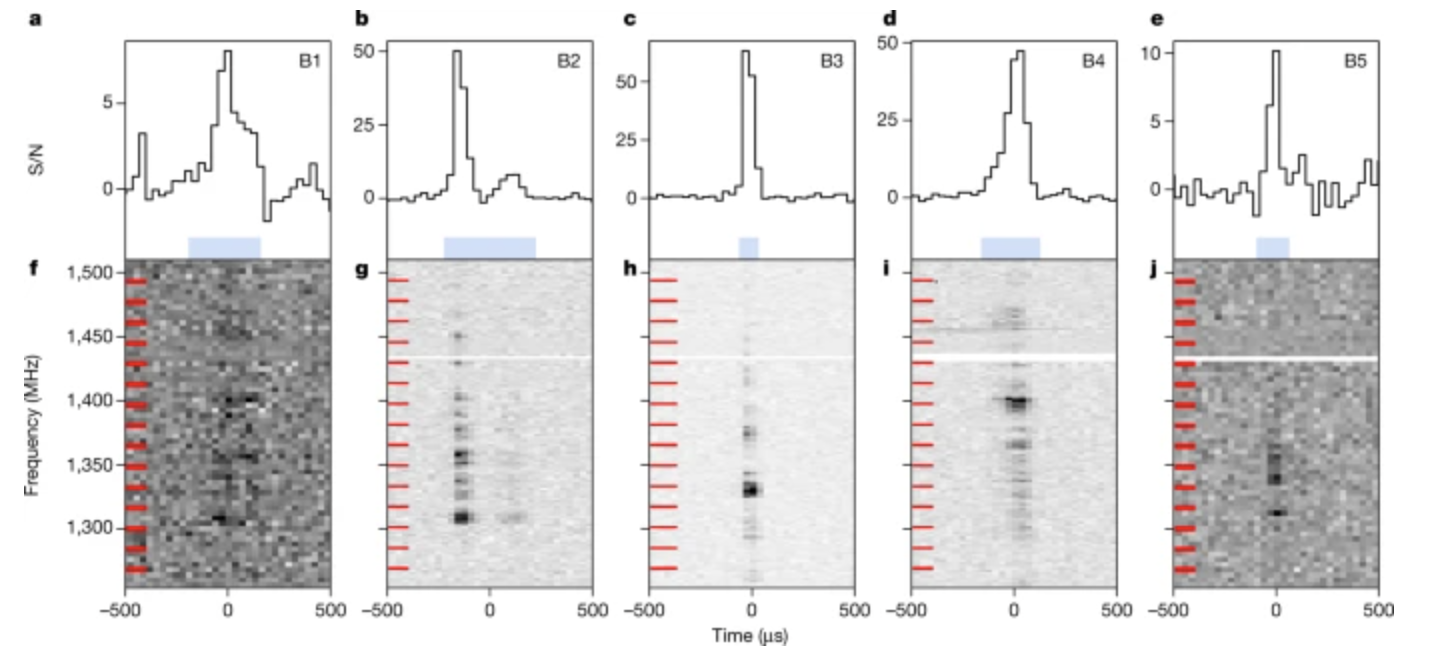 |
|
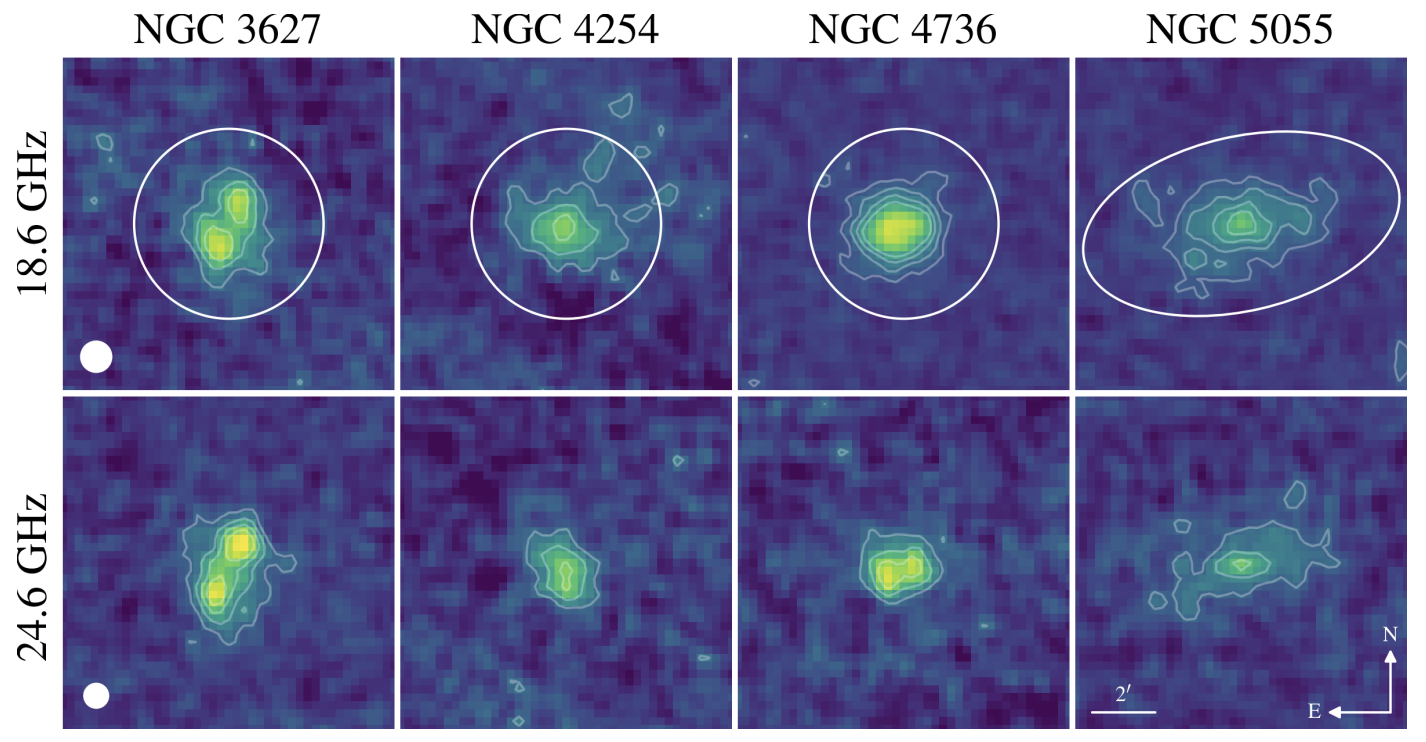 |
|
 |
|
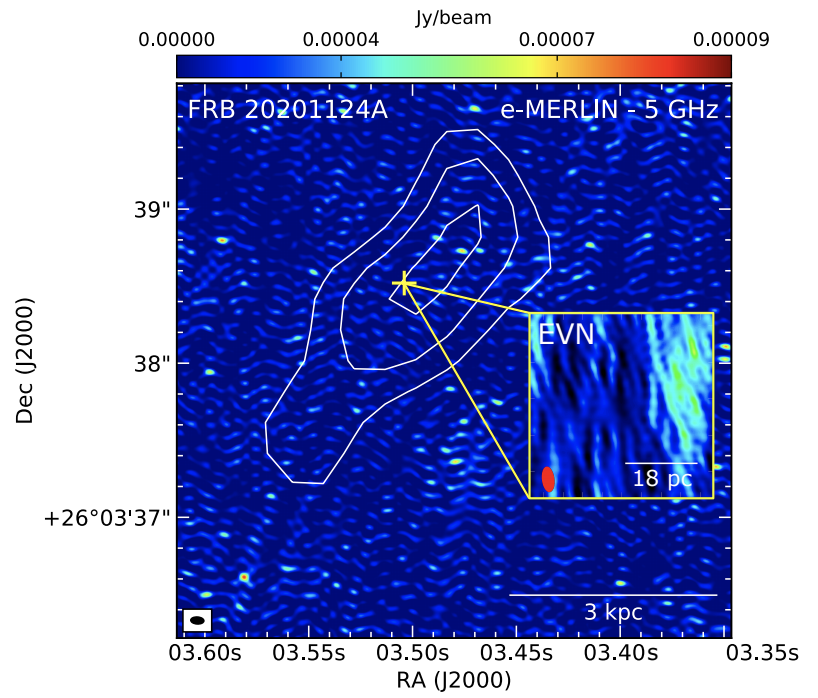 |
|
 |
|
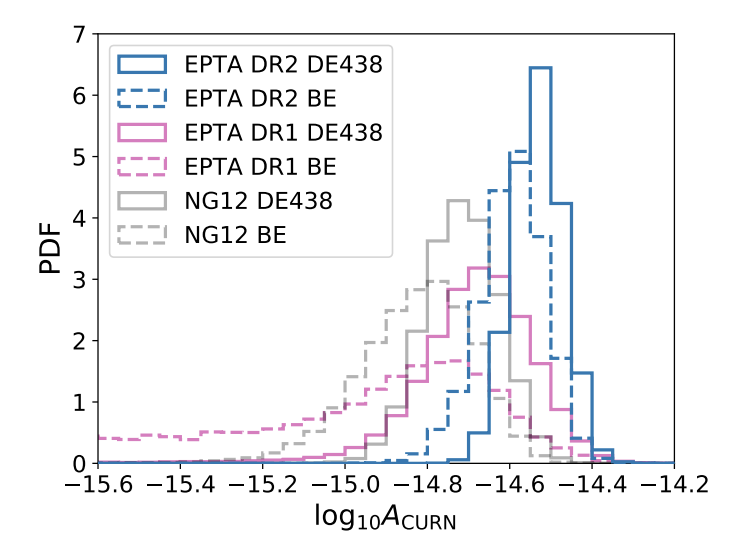 |
|
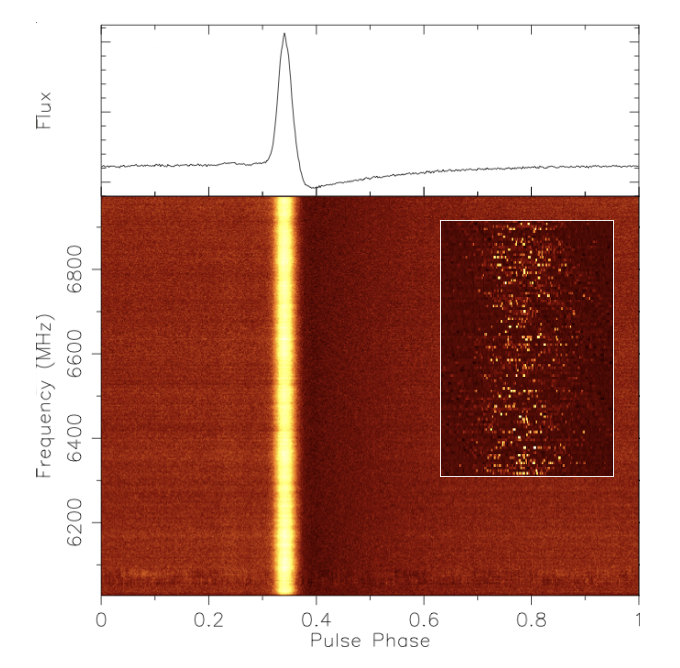 |
|
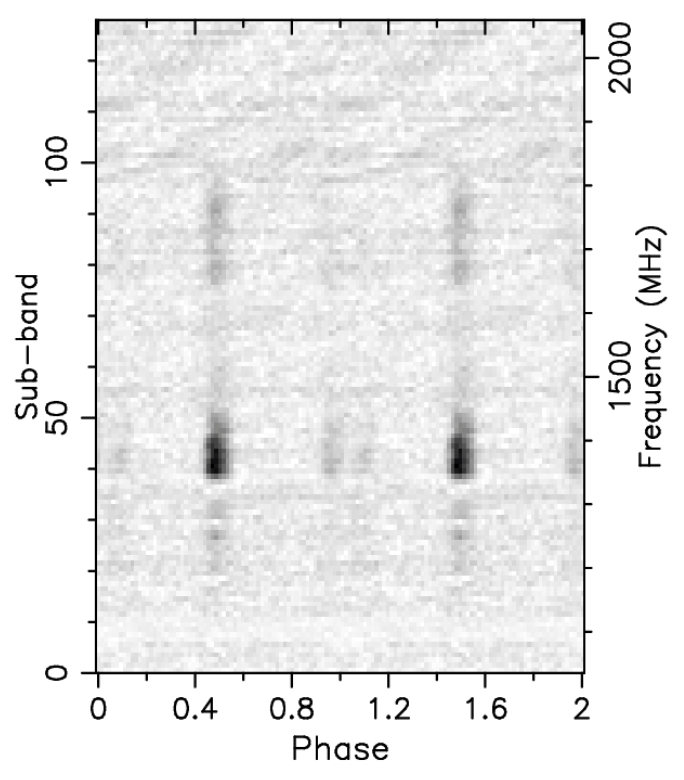 |
|
 |
|
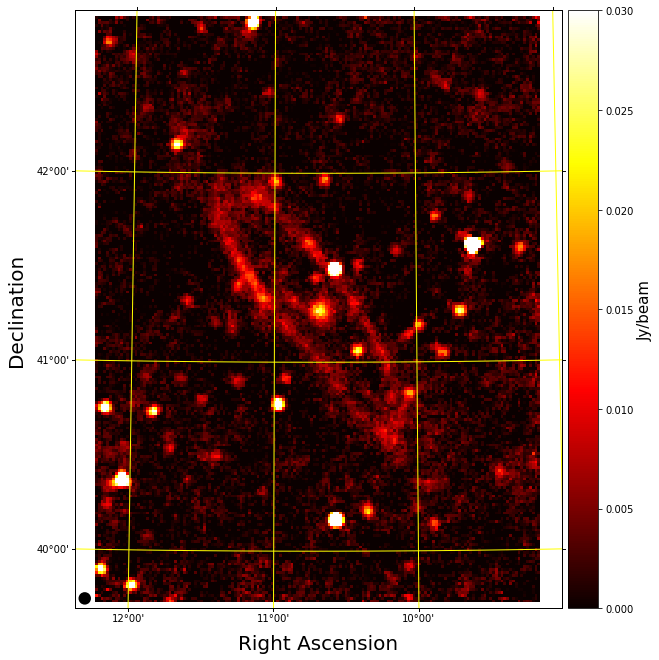 |
|
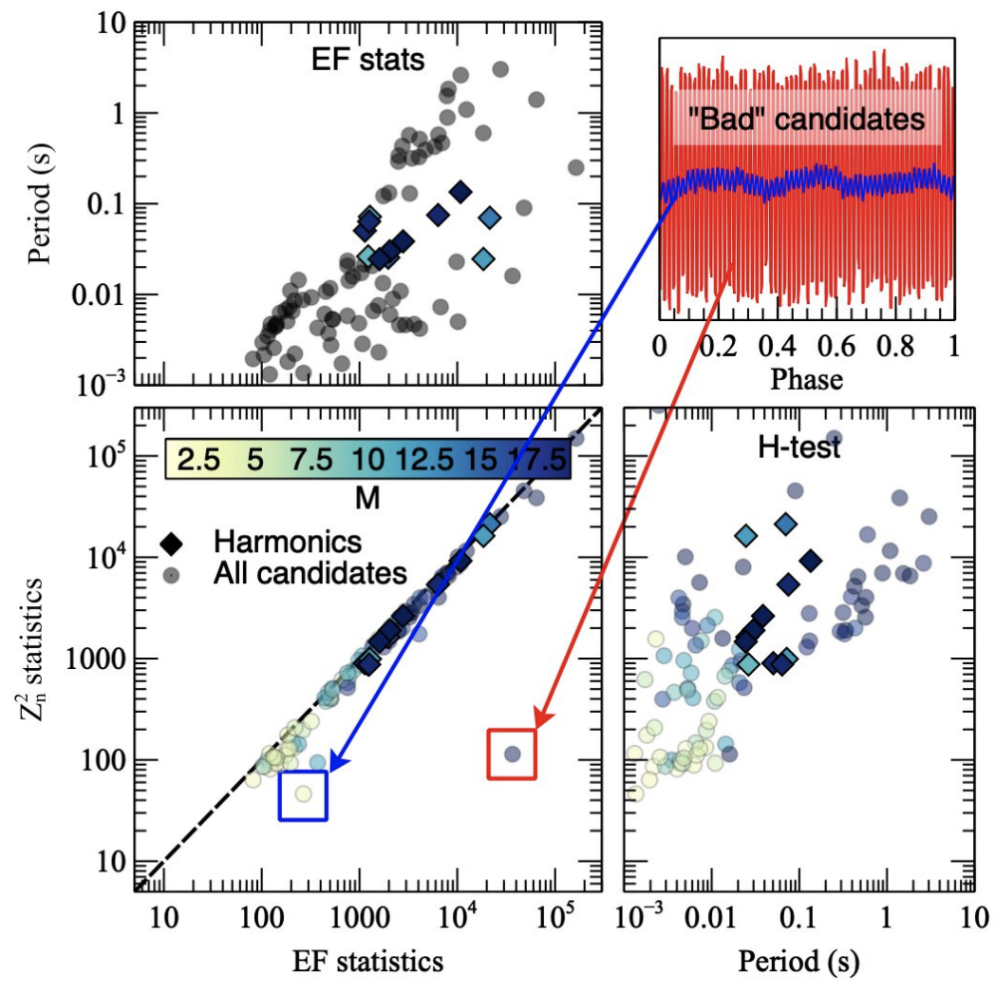 |
|
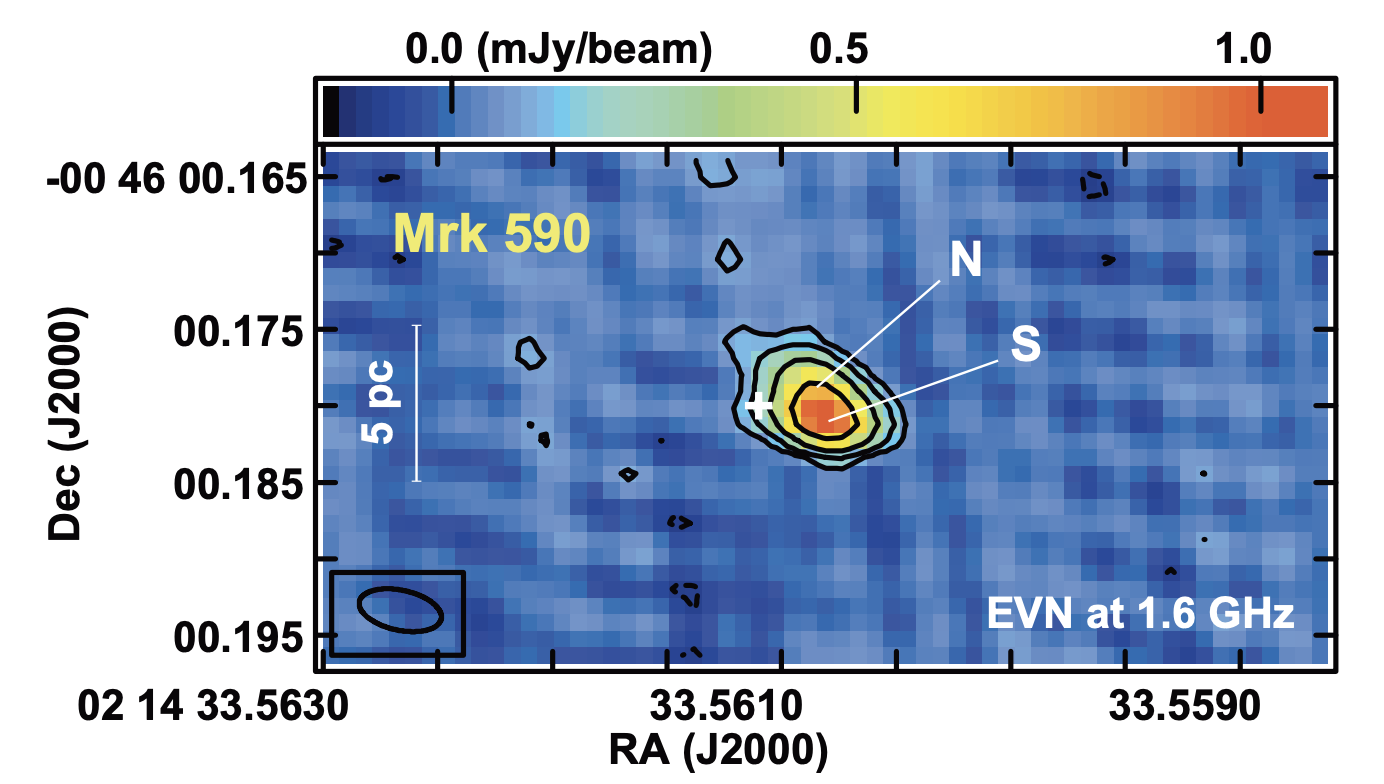 |
|
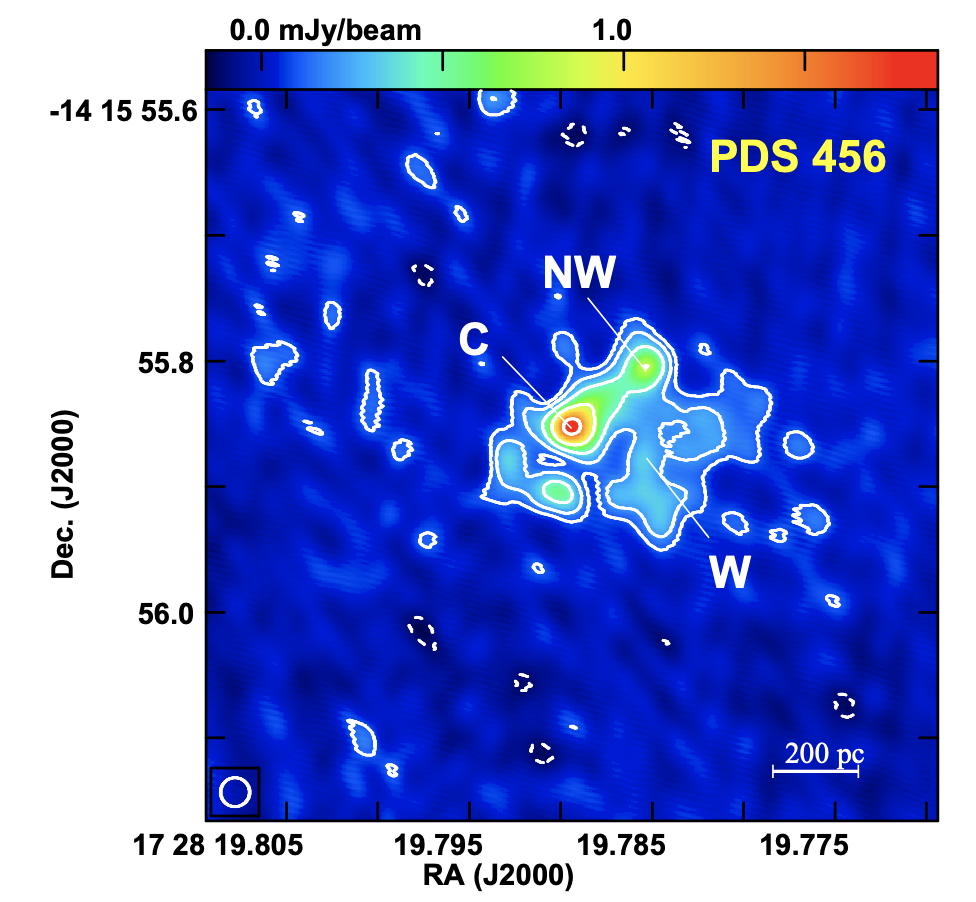 |
|
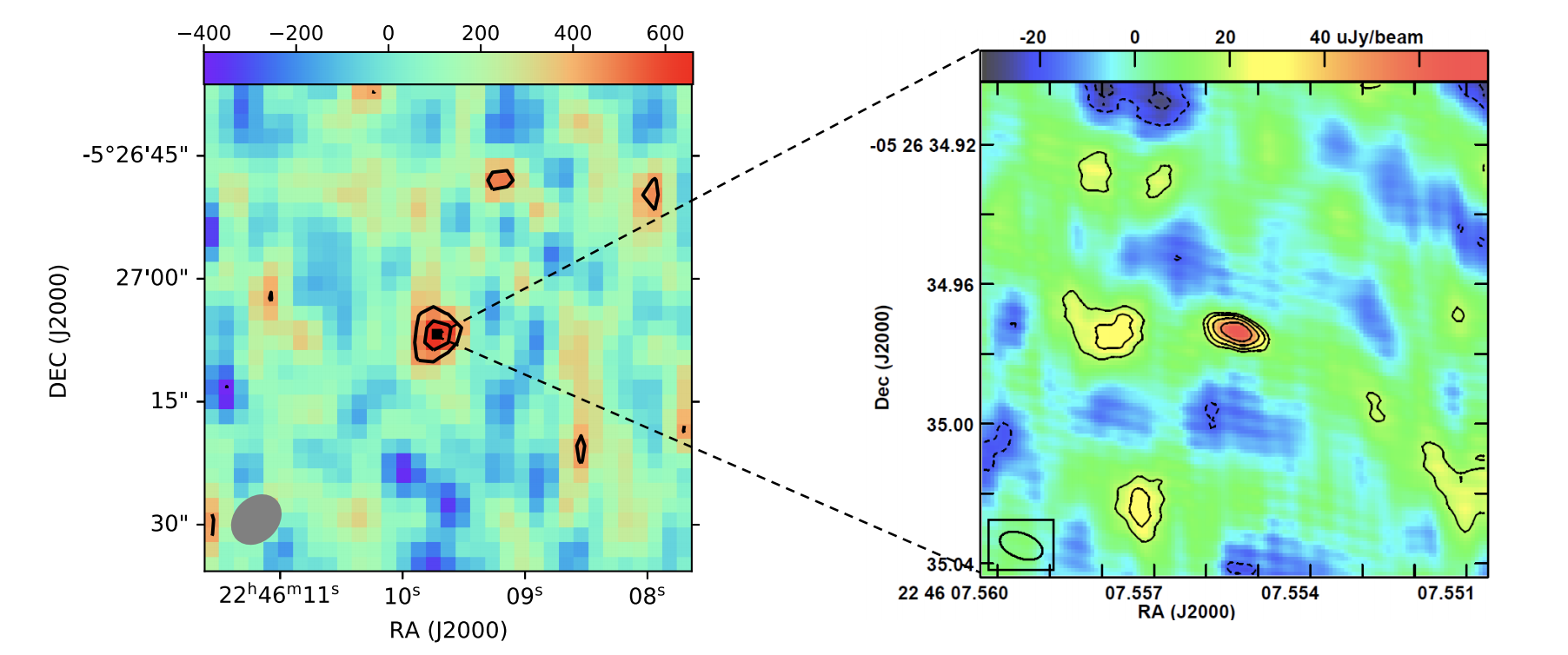 |
|
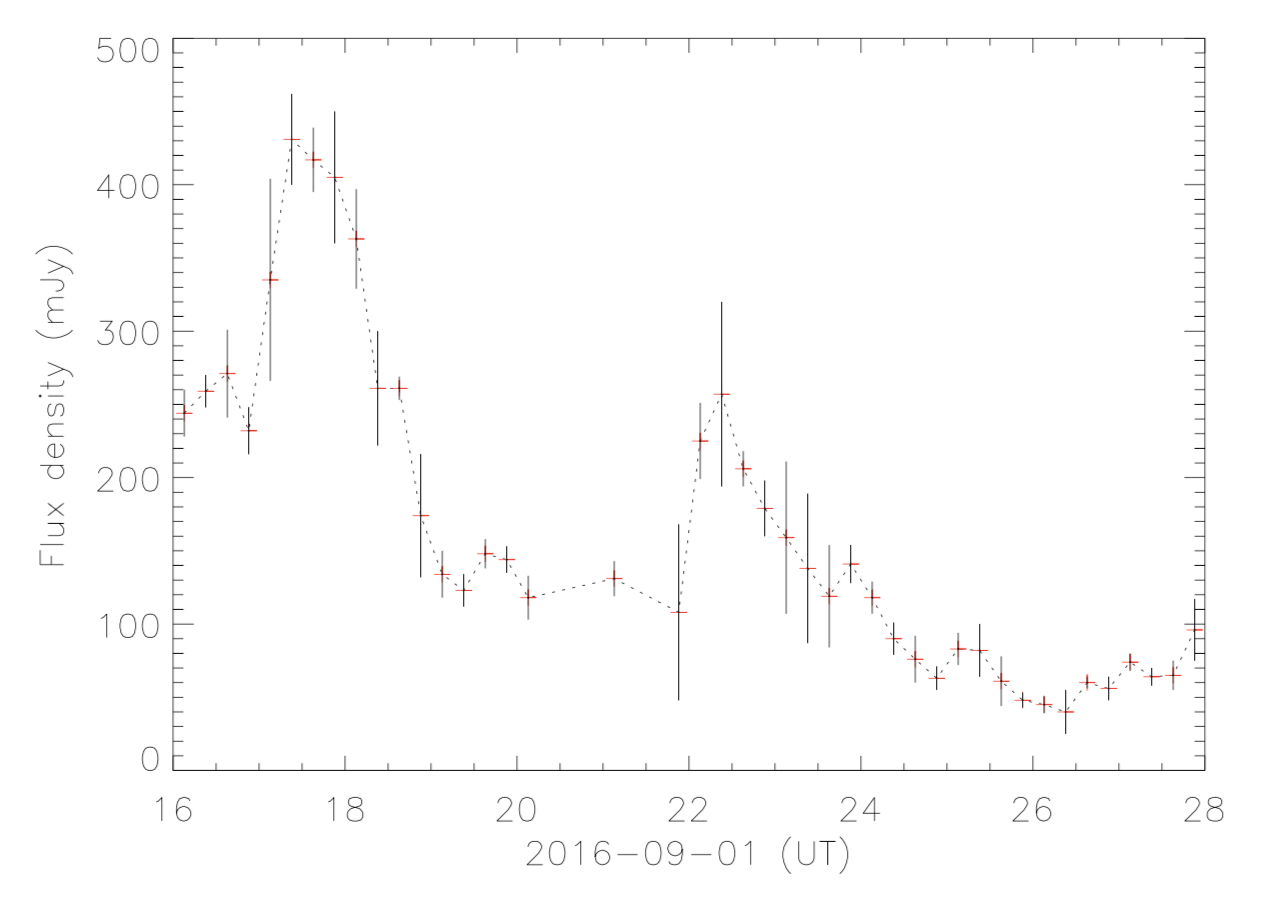 |
|
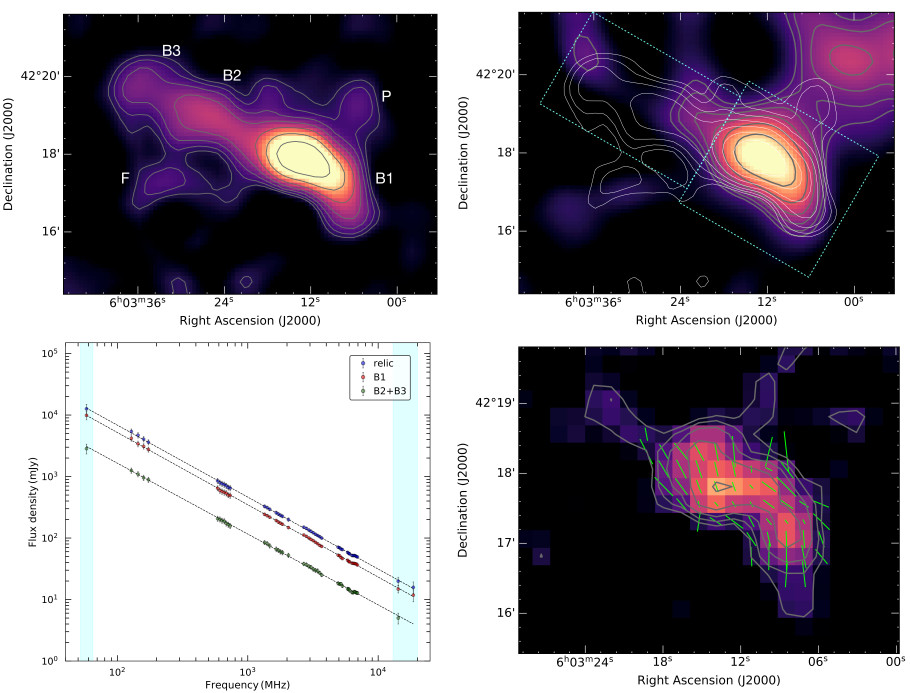 |
|
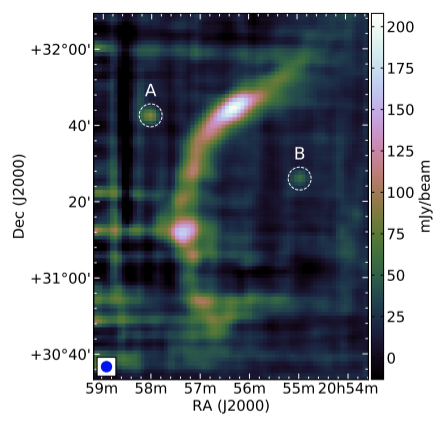 |
|
 |
|
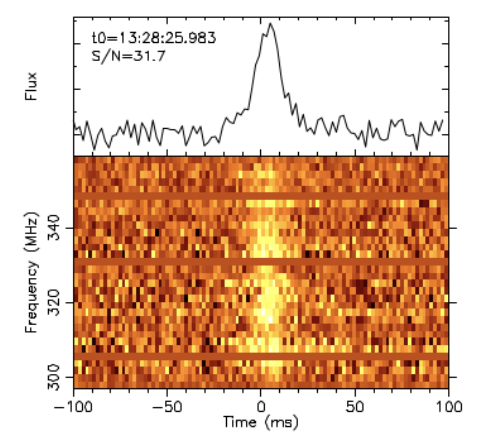 |
|
 |
|
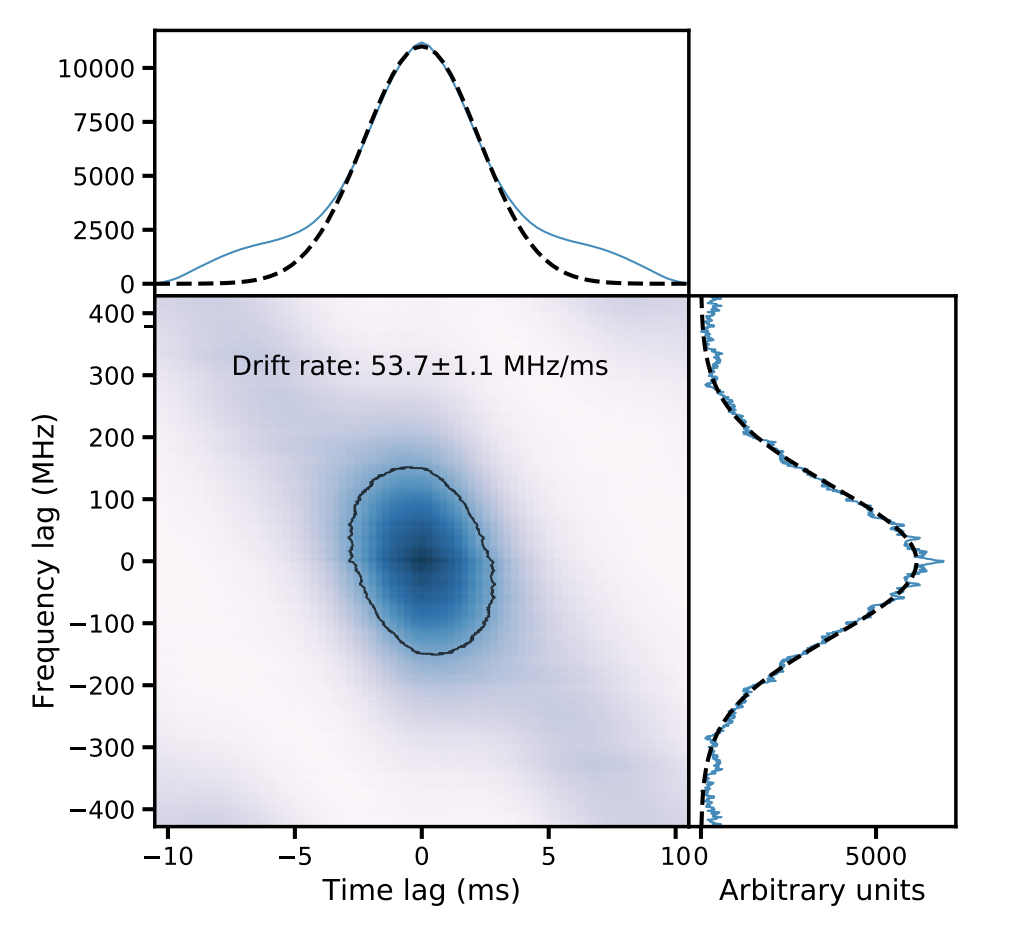 |
|
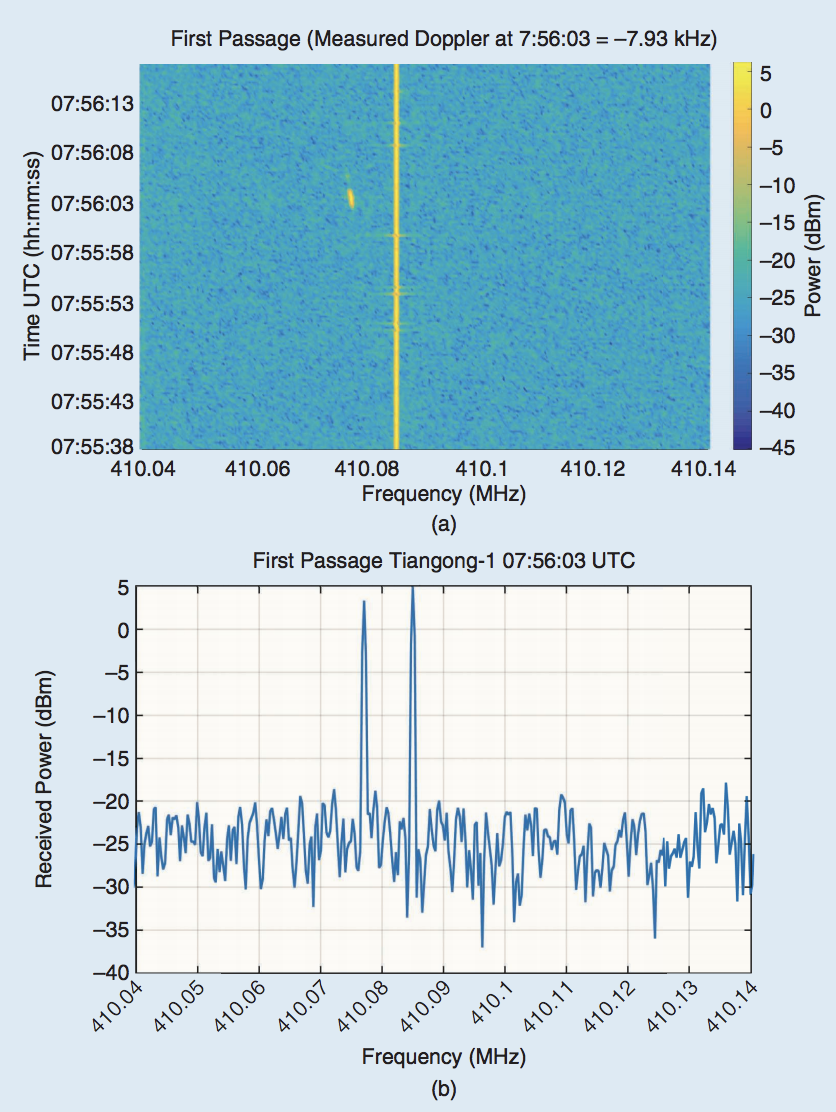 |
|
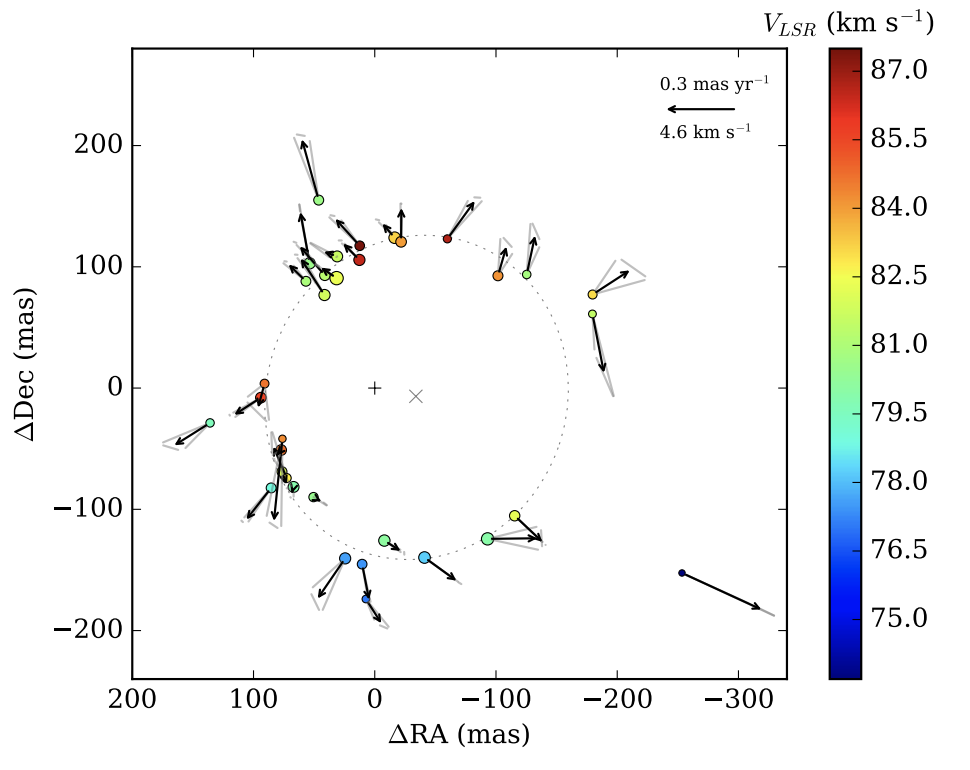 |
|
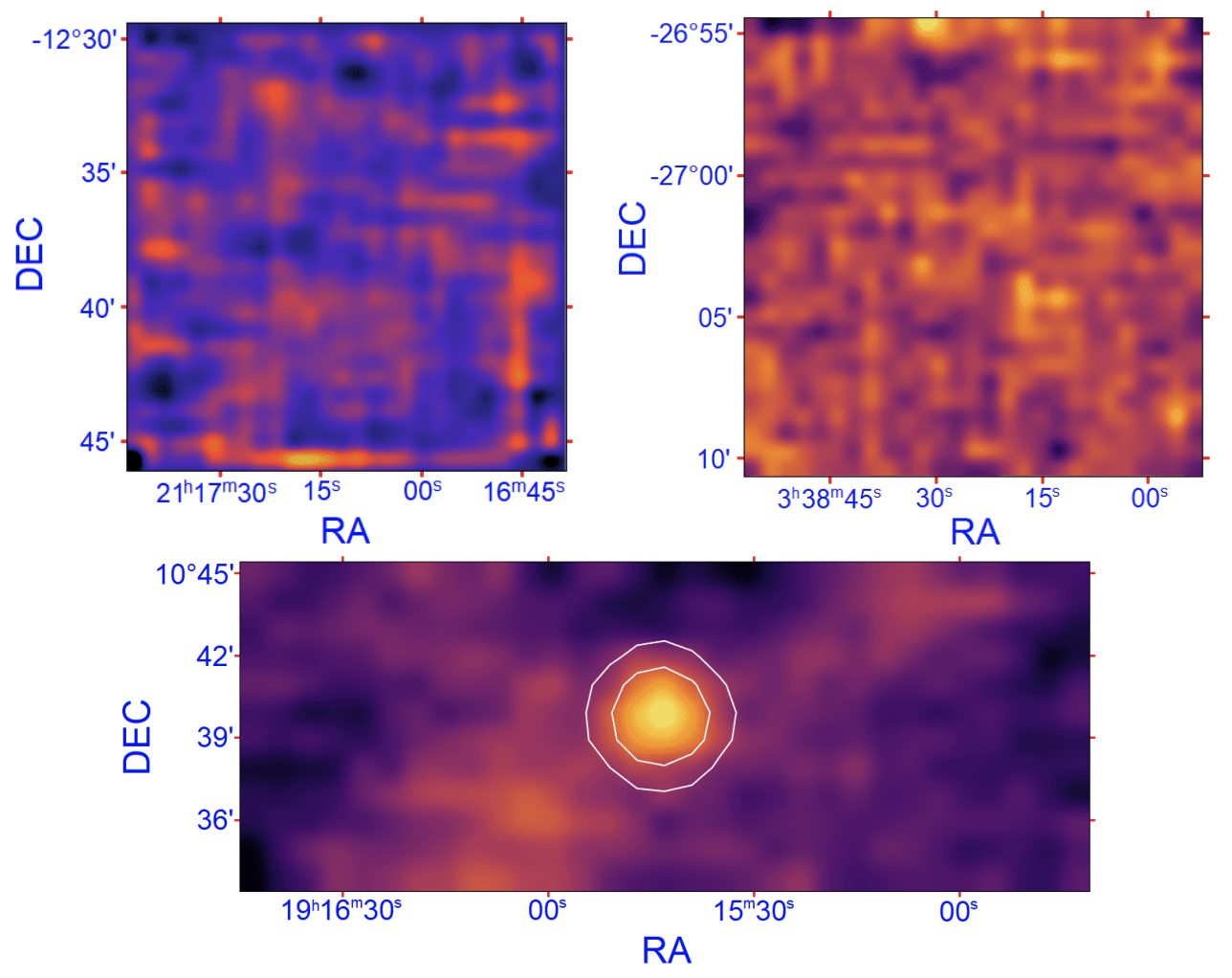 |
|
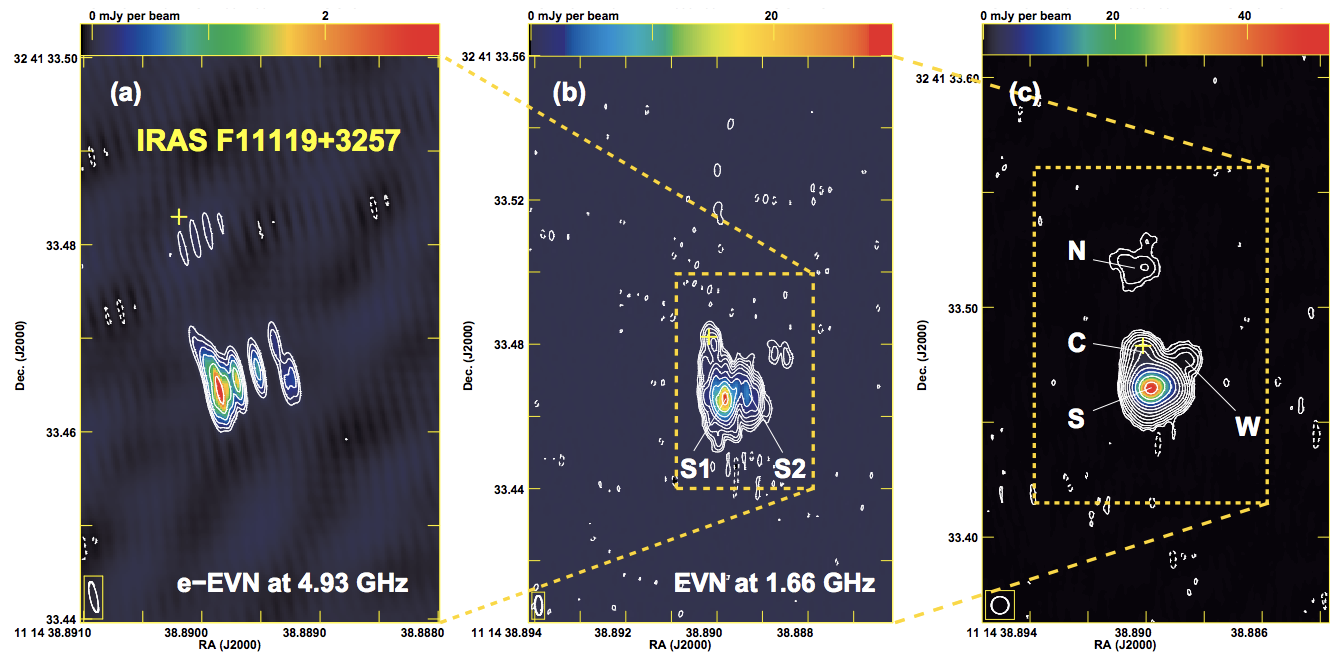 |
|
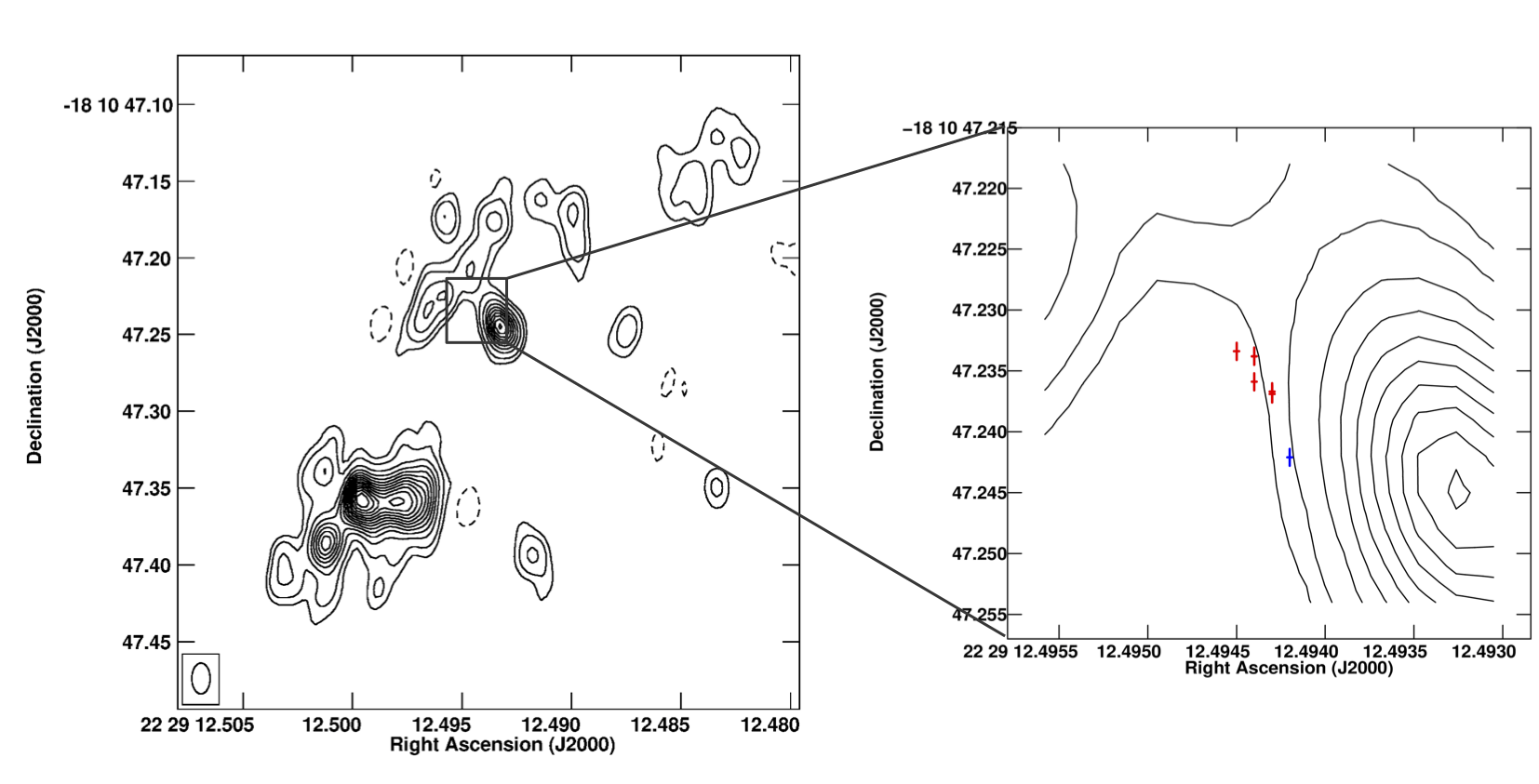 |
|
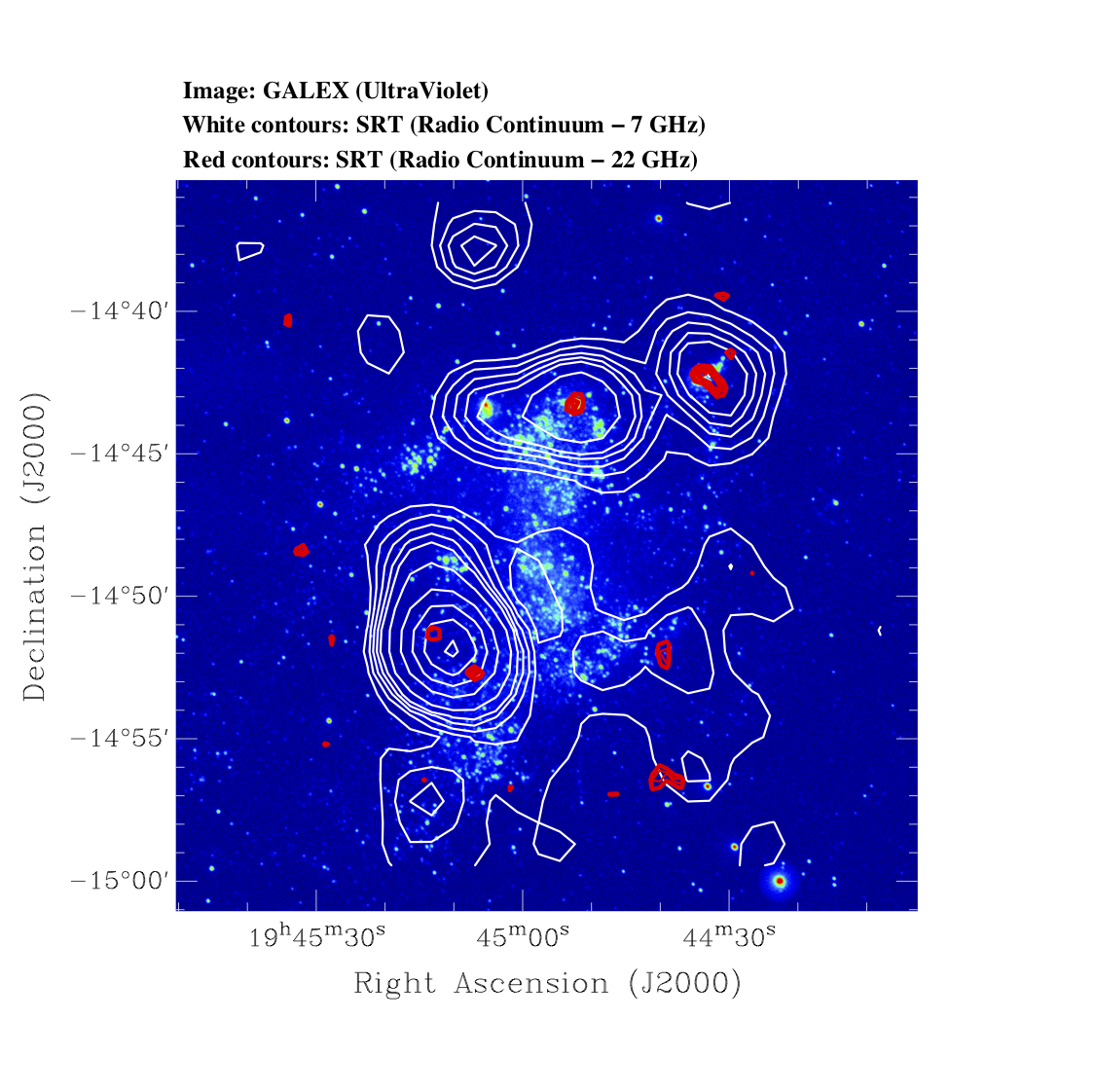 |
|
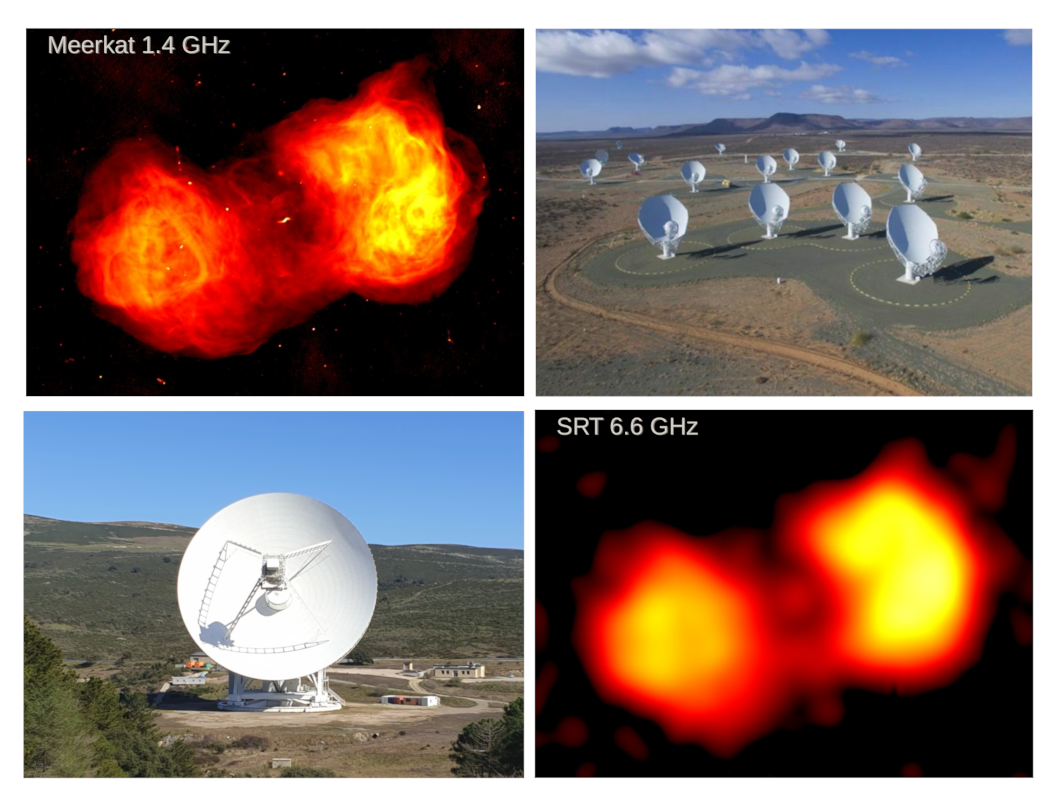 |
|
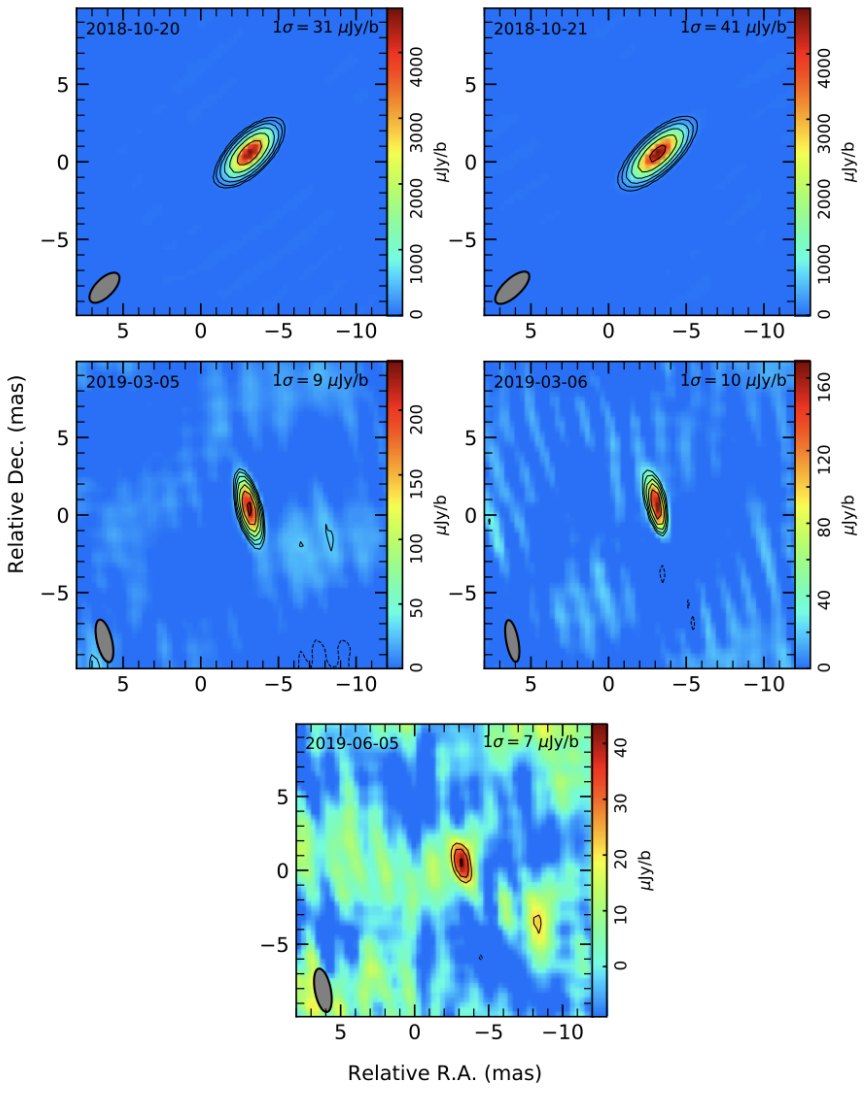 |
|
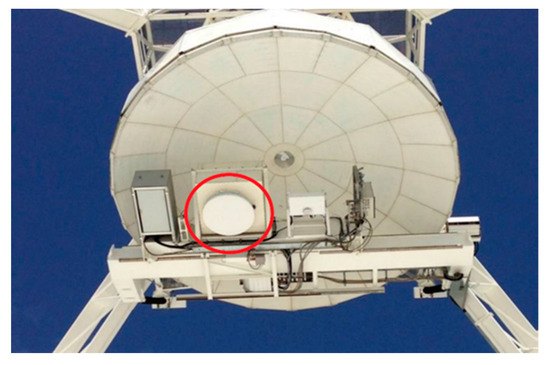 |
|
 |
|
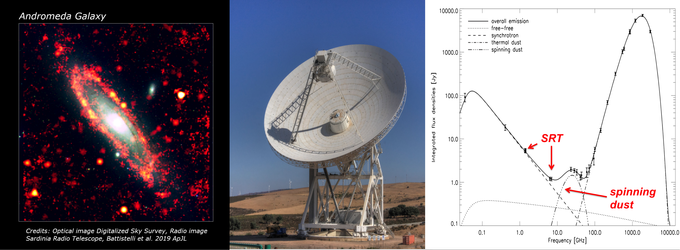 |
|
 |
|
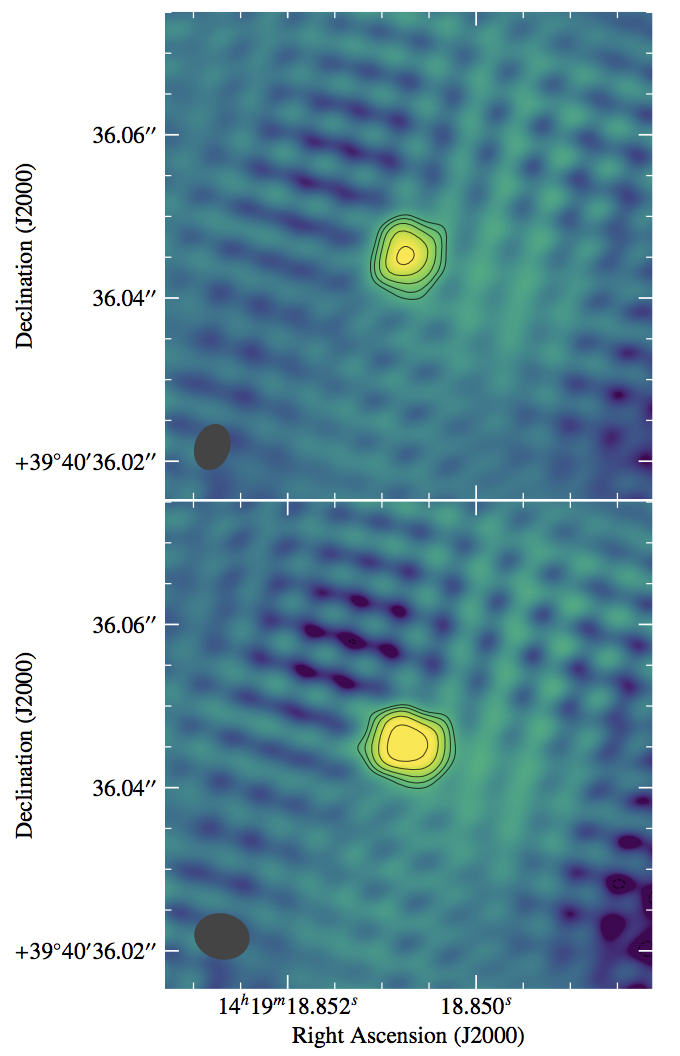 |
|
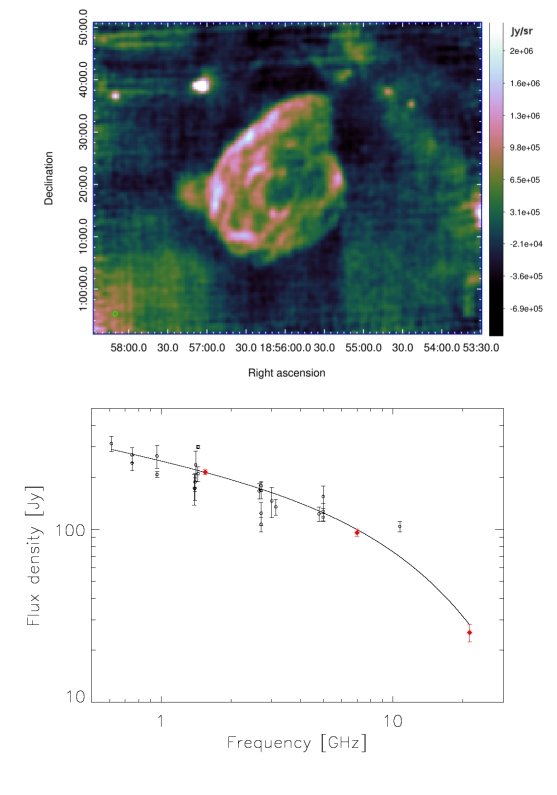 |
|
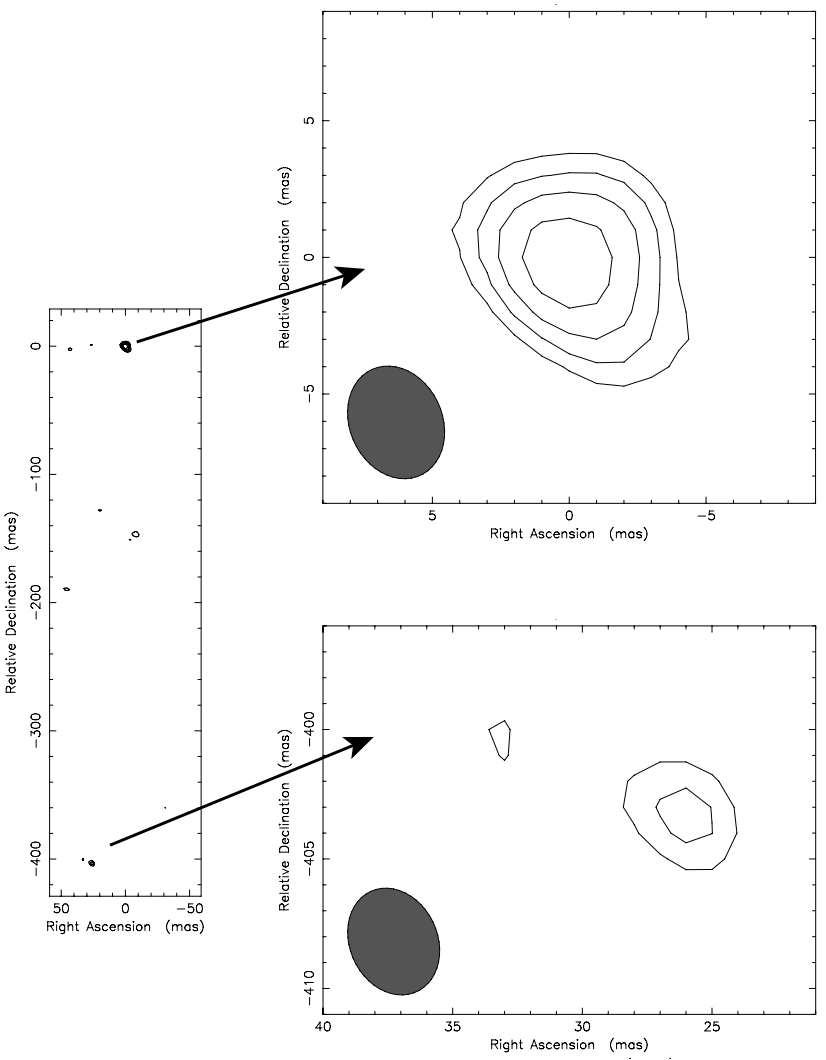 |
|
 |
|
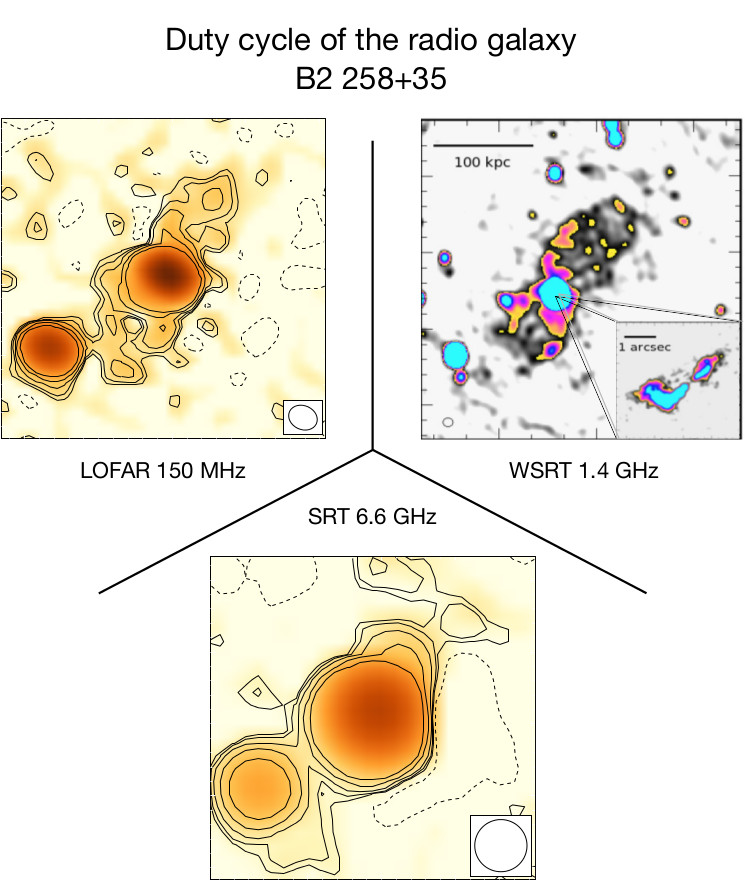 |
|
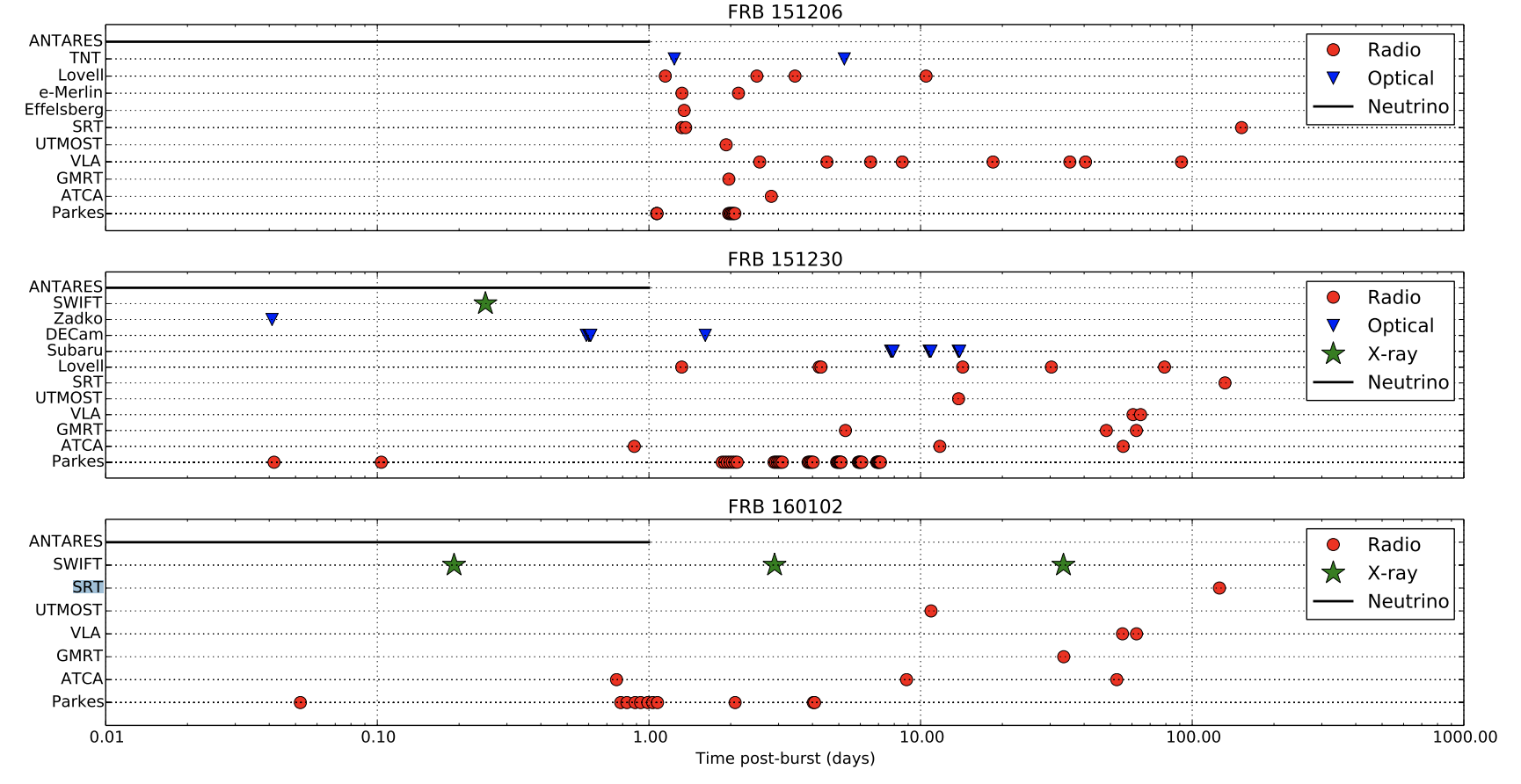 |
|
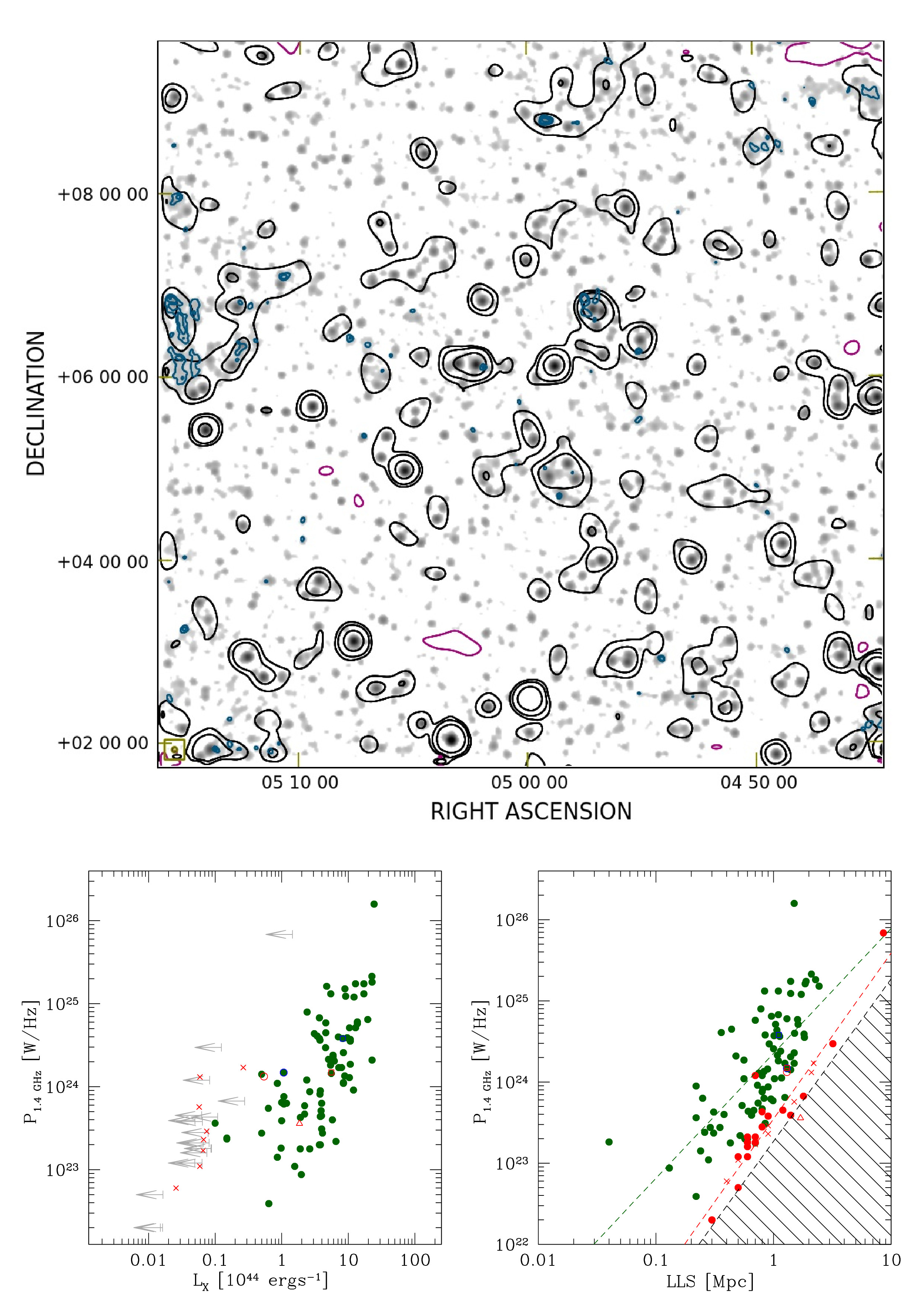 |
|
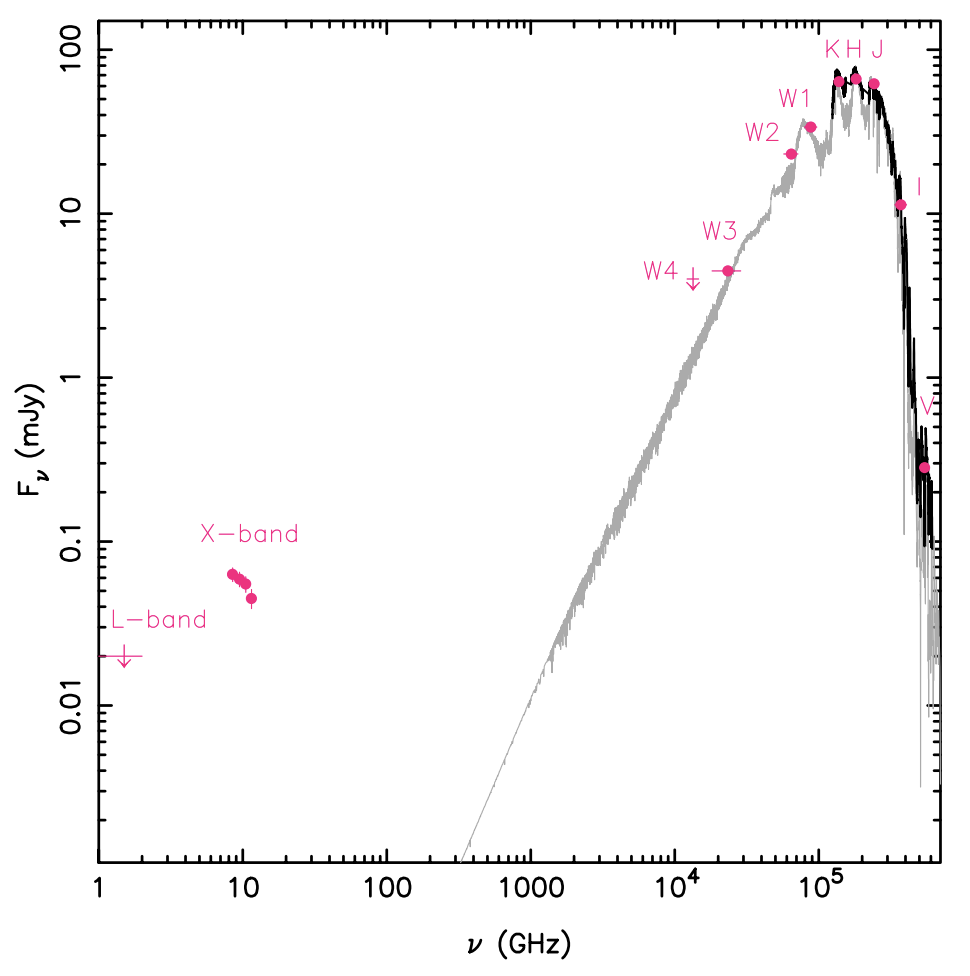 |
|
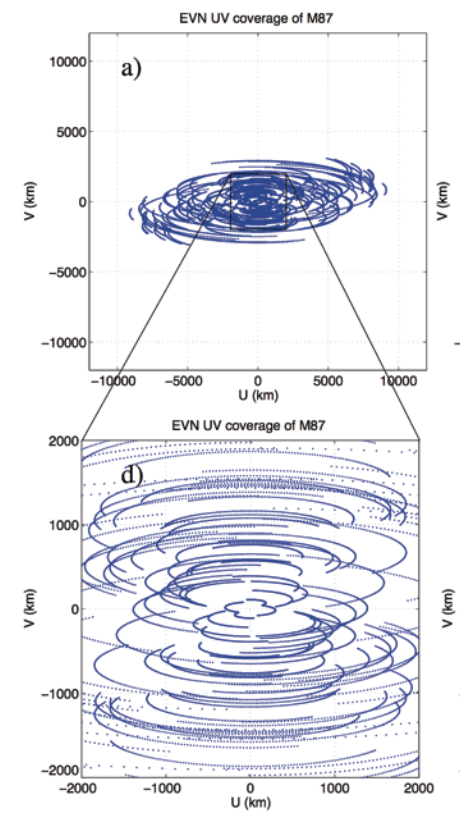 |
|
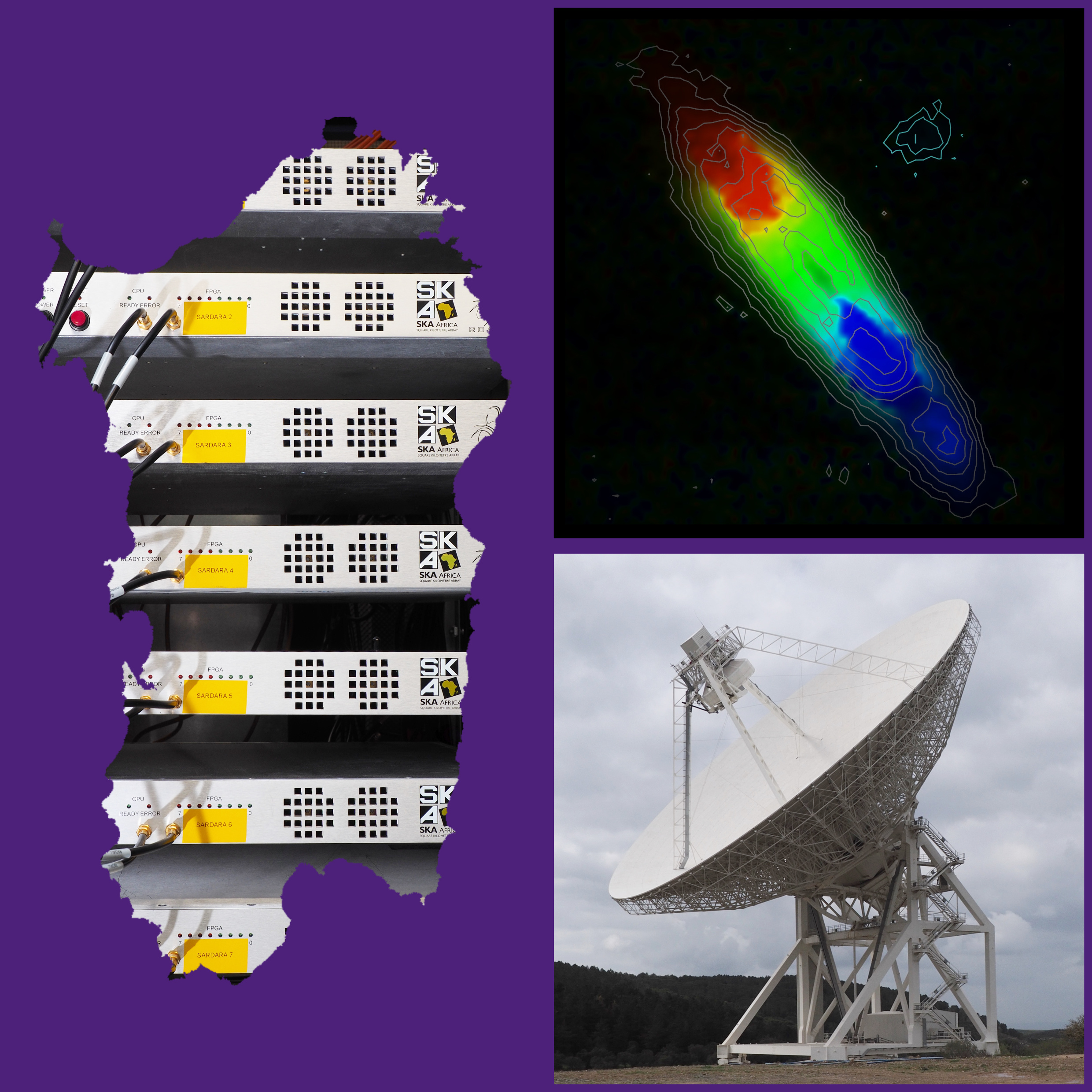 |
|
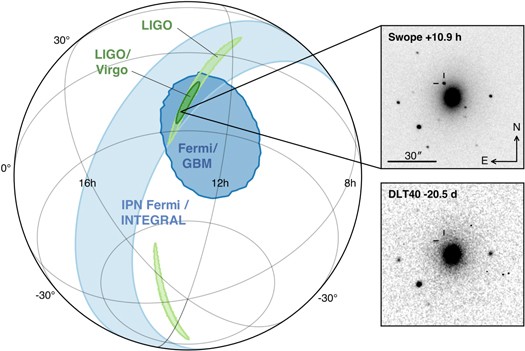 |
|
 |
|
 |
|
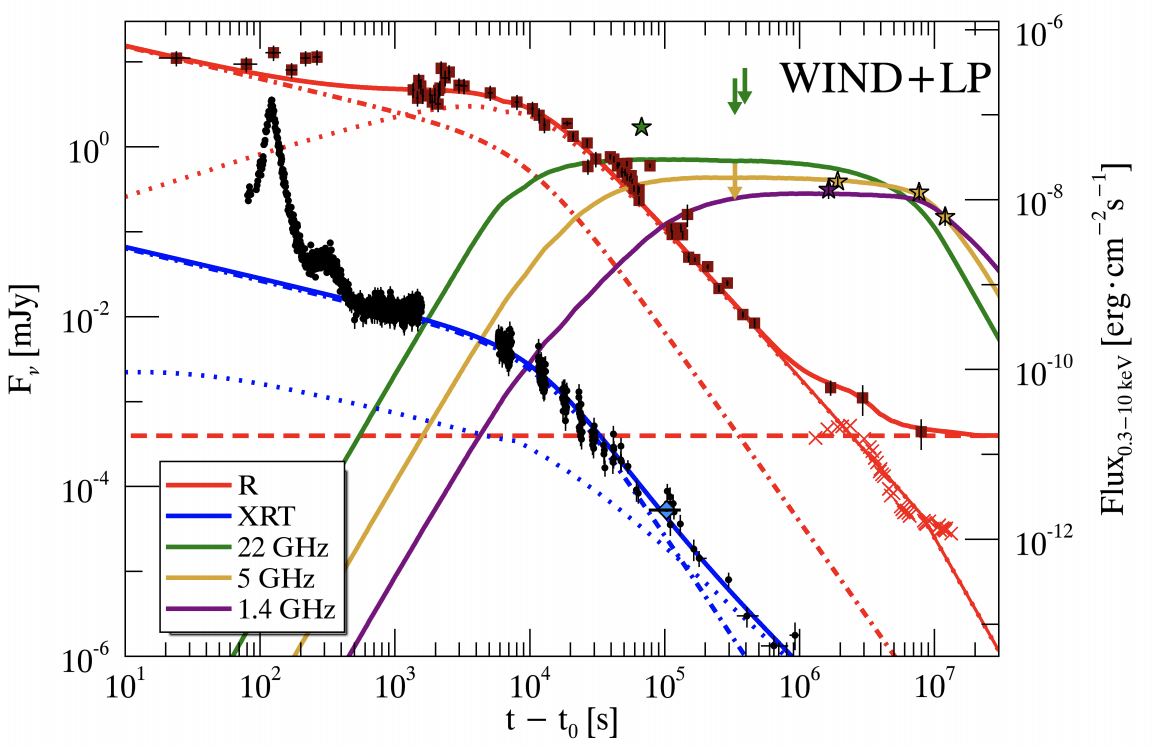 |
|
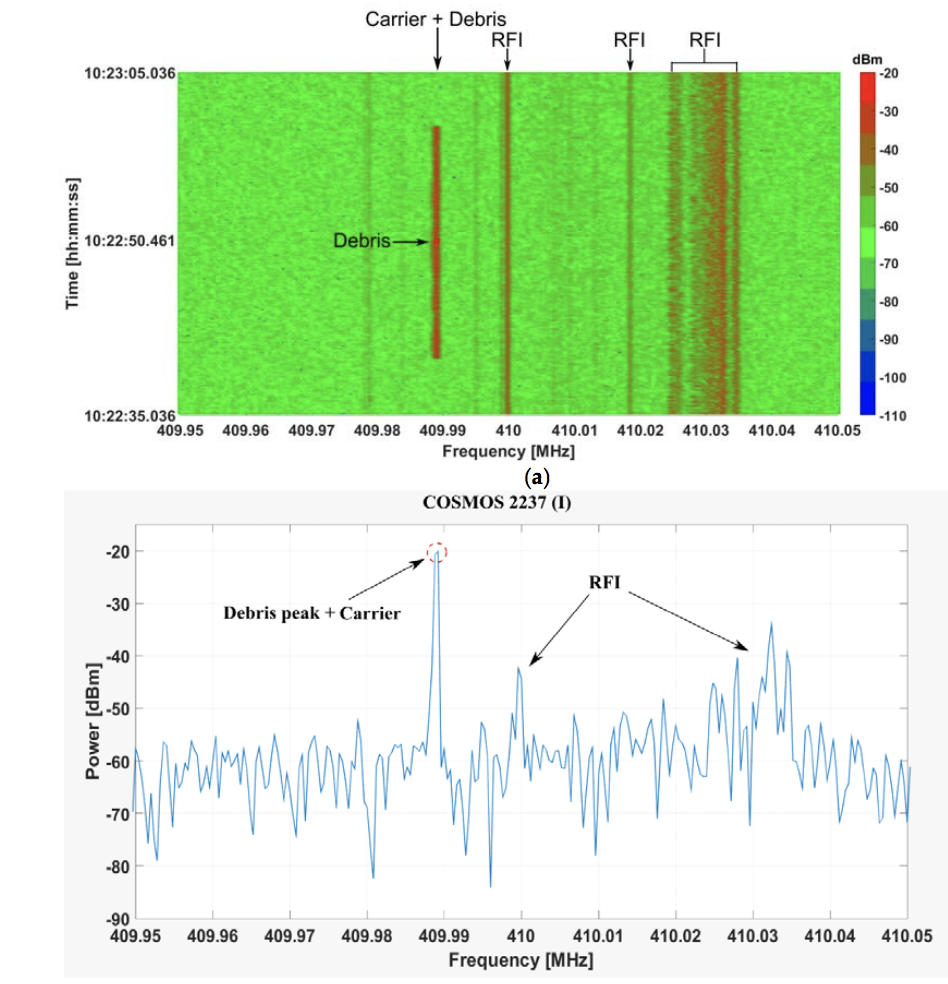 |
|
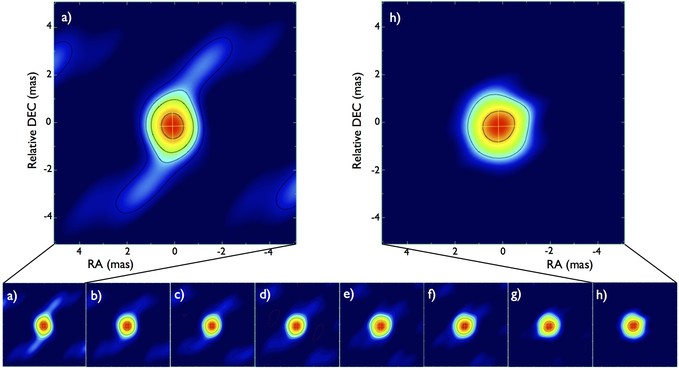 |
|
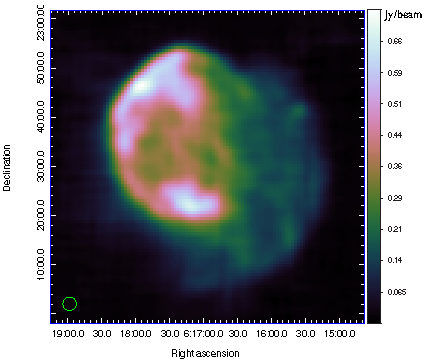 |
|
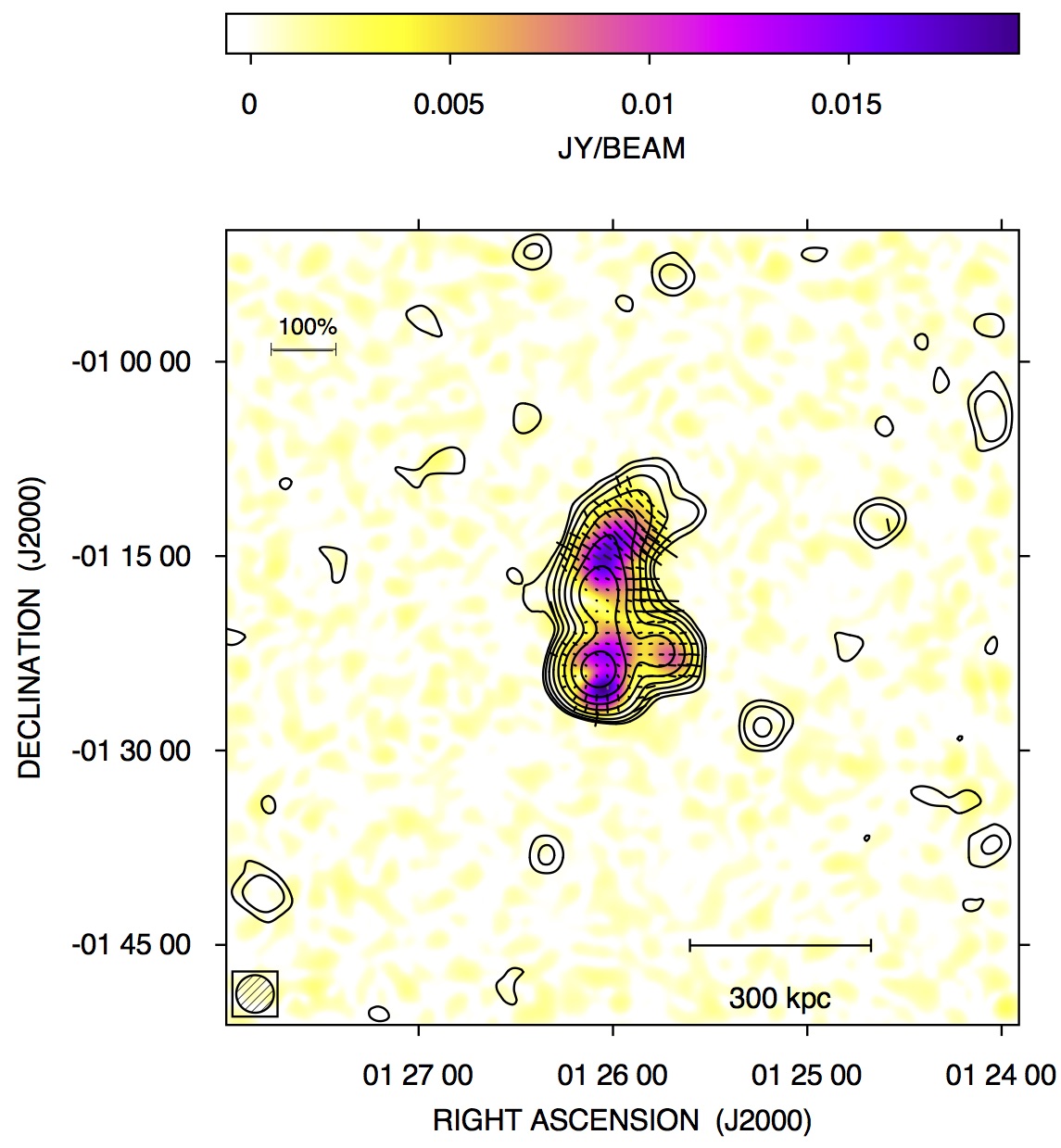 |
|
 |
|
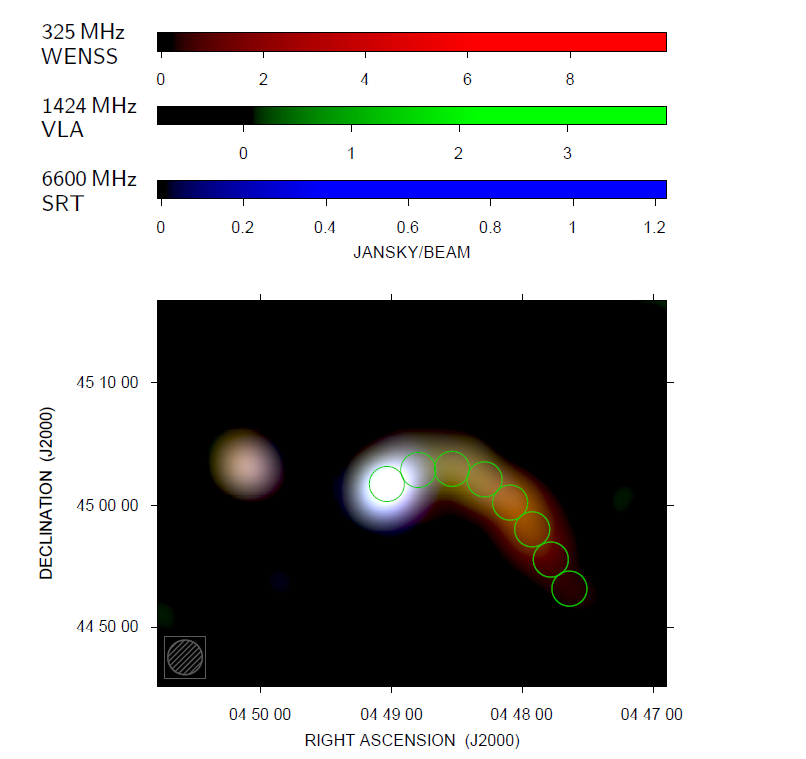 |
|
 |
|
The host galaxy of a fast radio burst
(Published in Nature, Volume 530, Issue 7591, pp. 453-456 (2016))
by E. F. Keane, S. Johnston, S. Bhandari, E. Barr, N. D. R. Bhat, M. Burgay, M. Caleb, C. Flynn, A. Jameson, M. Kramer, E. Petroff, A. Possenti, W. van Straten, M. Bailes, S. Burke-Spolaor, R. P. Eatough, B. Stappers, T. Totani, M. Honma, H. Furusawa et al.
In recent years, millisecond-duration radio signals originating in distant galaxies appear to have been discovered in the so-called fast radio bursts. These signals are dispersed according to a precise physical law and this dispersion is a key observable quantity, which, in tandem with a redshift measurement, can be used for fundamental physical investigations. Every fast radio burst has a dispersion measurement, but none before now have had a redshift measurement, because of the difficulty in pinpointing their celestial coordinates. Here we report the discovery of a fast radio burst and the identification of a fading radio transient lasting ~6 days after the event, which we use to identify the host galaxy; we measure the galaxy’s redshift to be z = 0.492 ± 0.008. The dispersion measure and redshift, in combination, provide a direct measurement of the cosmic density of ionized baryons in the intergalactic medium of 4.9 ± 1.3 per cent, in agreement with the expectation from the Wilkinson Microwave Anisotropy Probe, and including all of the so-called ‘missing baryons’. The ~6-day radio transient is largely consistent with the radio afterglow of a short γ-ray burst, and its existence and timescale do not support progenitor models such as giant pulses from pulsars, and supernovae. This contrasts with the interpretation of another recently discovered fast radio burst, suggesting that there are at least two classes of bursts.
Astronomer's Telegrams:
Enhanced 24 GHz flux density from 3C 380;(ATel #14012)
by N. Marchili, S. Righini, M. Giroletti, E. Egron, D. Perrodin, P. Grandi, E. Torresi
by N. Marchili, S. Righini, M. Giroletti, E. Egron
by A. Ridolfi, M. Burgay, A. Corongiu, D. Perrodin, M. Pilia, A. Possenti, P. Esposito, G. L. Israel, A. Borghese, F. Coti Zelati, N. Rea, on behalf of a larger collaboration
Observations of FRB 180916.J0158+65 with SRT and the MNC (ATel #13492)
by M. Pilia, G. Naldi, G. Bernardi, G. Pupillo, A. Corongiu, A. Possenti, A. Ridolfi, L. Nicastro, E. Palazzi, M. Turatto, L. Zampieri, G. Bianchi, G. Setti, M. Burgay, D. Perrodin
Monitoring of the giant flare of Cygnus X-3 with the Sardinia Radio Telescope (ATel #13475)
by E. Egron, A. Pellizzoni, D. Perrodin, M. Pilia, M. Bachetti, M. Pili, L. Schirru, N. Iacolina
Monitoring of Cyg X-3 giant flare with Medicina and the Sardinia Radio Telescope (ATel #9508)
by E. Egron, A. Pellizzoni, M. Giroletti, S. Righini, A. Orlati, M. N. Iacolina, A. Navarrini, M. Buttu, C. Migoni, A. Melis, R. Concu, G. P. Vargiu, M. Bachetti, M. Pilia, A. Trois, S. Loru, M. Marongiu
by E. Egron, A. Pellizzoni, M. Bachetti, A. Navarrini, A. Trois, M. Pilia, M. N. Iacolina, A. Melis, R. Concu, S. Loru, A. Sessini, V. Grinberg, M. Nowak, S. Markoff, K. Pottschmidt, J. Rodriguez, J. Wilms, R. Ballhausen, S. Corbel, W. Eikmann, F. Fuerst, I. Kreykenbohm, M. Marongiu, A. Possenti
by E. Egron, A. Pellizzoni, M. Bachetti, A. Navarrini, A. Trois, M. Pilia, M. N. Iacolina, A. Melis, R. Concu, S. Loru, R. Ballhausen, S. Corbel, W. Eikmann, F. Fuerst, V. Grinberg, I. Kreykenbohm, M. Marongiu, M. Nowak, A. Possenti, K. Pottschmidt, J. Rodriguez, J. Wilms
Observations of H1743-322 with the Sardinia Radio Telescope: upper limits (ATel #8849)
by E. Egron, M. Bachetti, A. Pellizzoni, A. Trois, M. N. Iacolina, M. Pilia, S. Loru, A. Navarrini, R. Ballhausen, S. Corbel, W. Eikmann, F. Fuerst, V. Grinberg, I. Kreykenbohm, M. Marongiu, M. Nowak, A. Possenti, K. Pottschmidt, J. Rodriguez, J. Wilms
Sardinia Radio Telescope observations of IGR J17091-3624 - upper limit (ATel #8821)
by E. Egron, M. Pilia, M. Bachetti, M. N. Iacolina, A. Pellizzoni, A. Trois, S. Loru, A. Navarrini, R. Ballhausen, S. Corbel, W. Eikmann, F. Fuerst, V. Grinberg, I. Kreykenbohm, M. Marongiu, M. Nowak, A. Possenti, K. Pottschmidt, J. Rodriguez, J. Wilms
by M. Buttu, N. D'Amico, E. Egron, M. N. Iacolina, P. Marongiu, C. Migoni, A. Pellizzoni, S. Poppi, A. Possenti, A. Trois, G. P. Vargiu, on behalf of the Sardinia Radio Telescope Science Validation Team and the Commissioning Team
List of approved SRT Early Science Projects in 2016
SRT in the VLBI Networks
The Large European Array for Pulsars (LEAP Project)
The European Pulsar Timing Array (EPTA Project)
